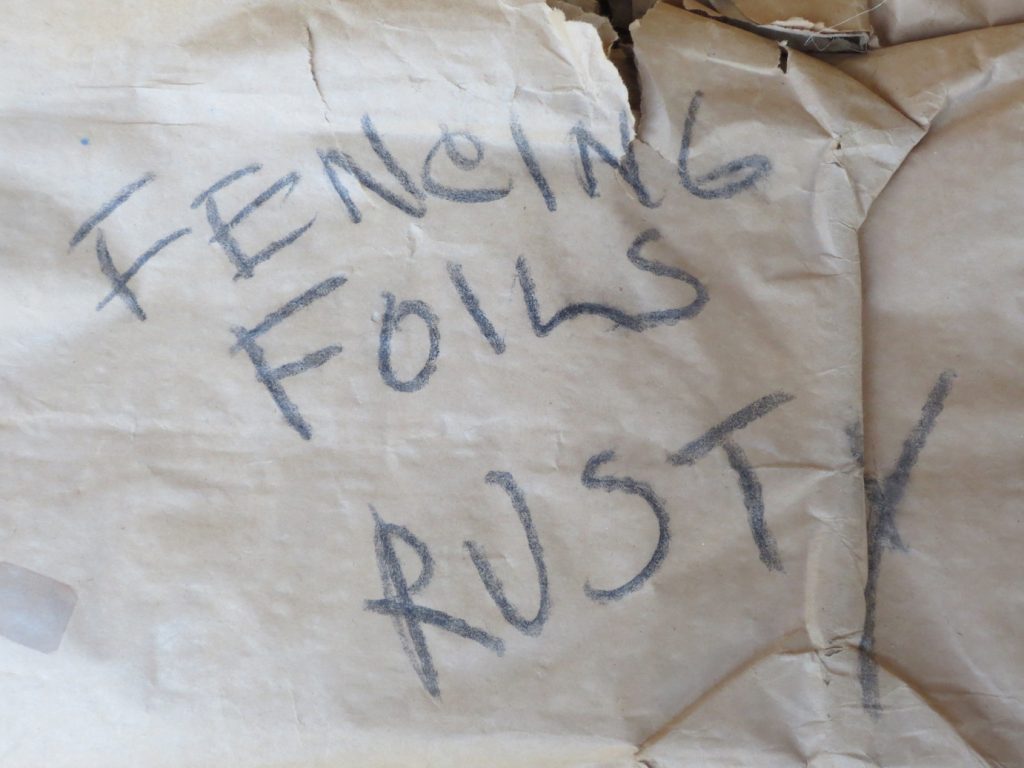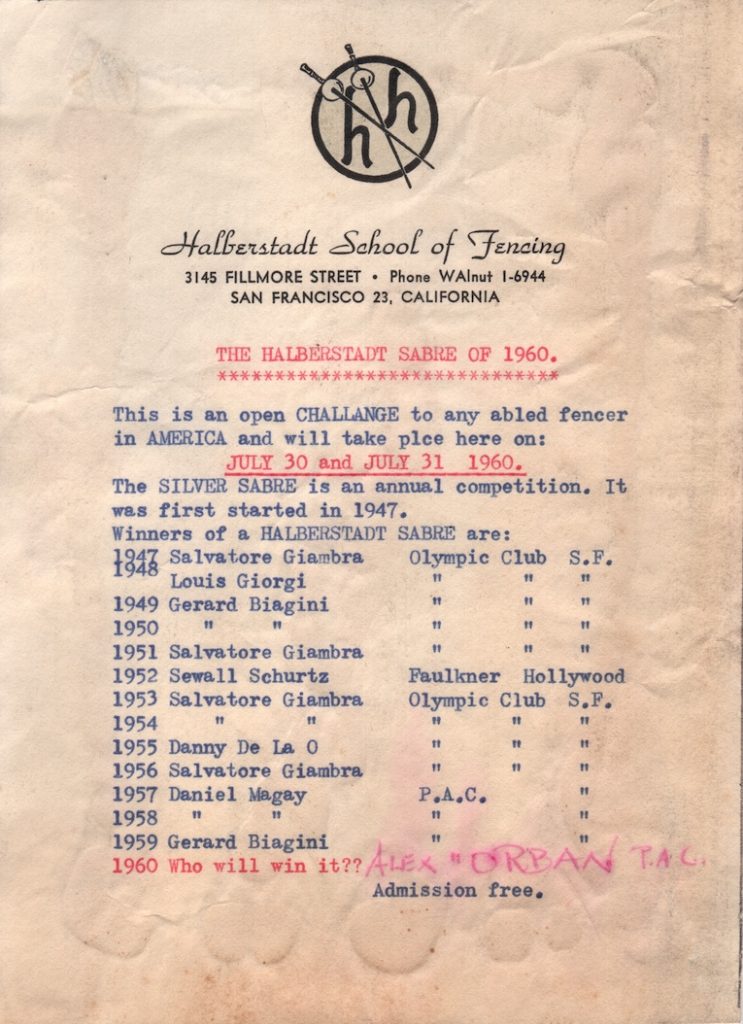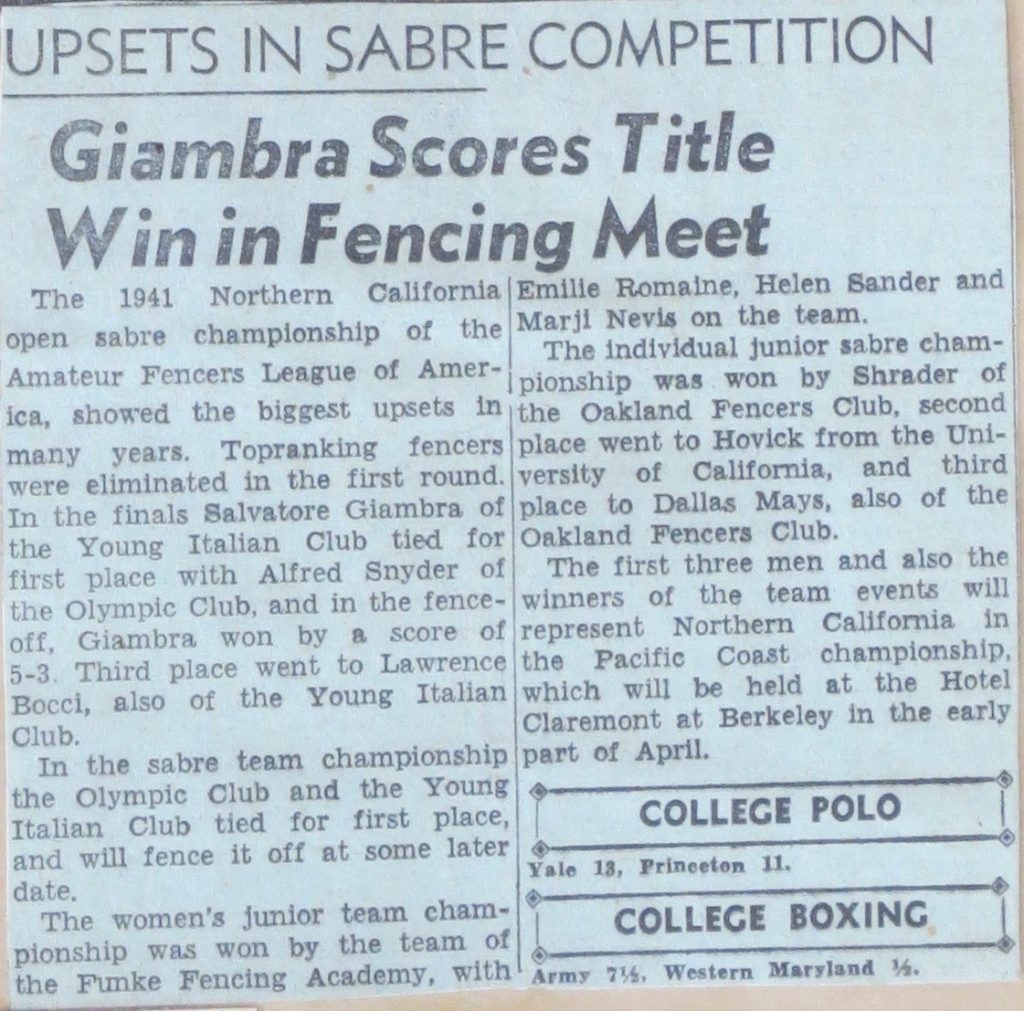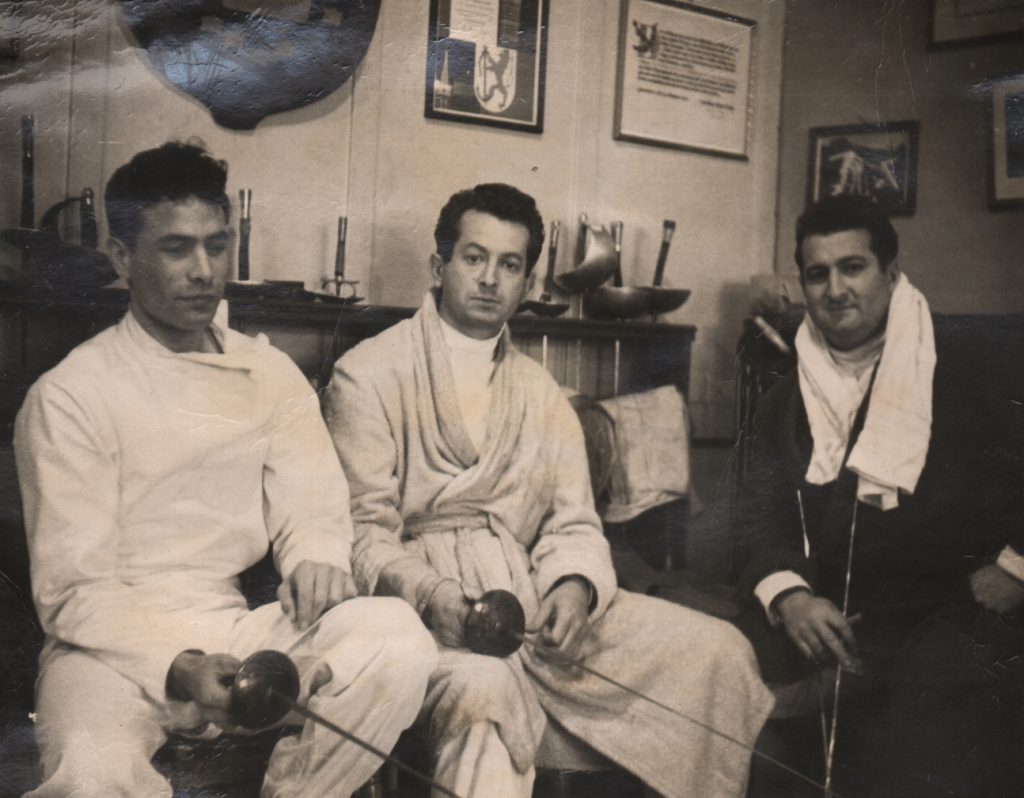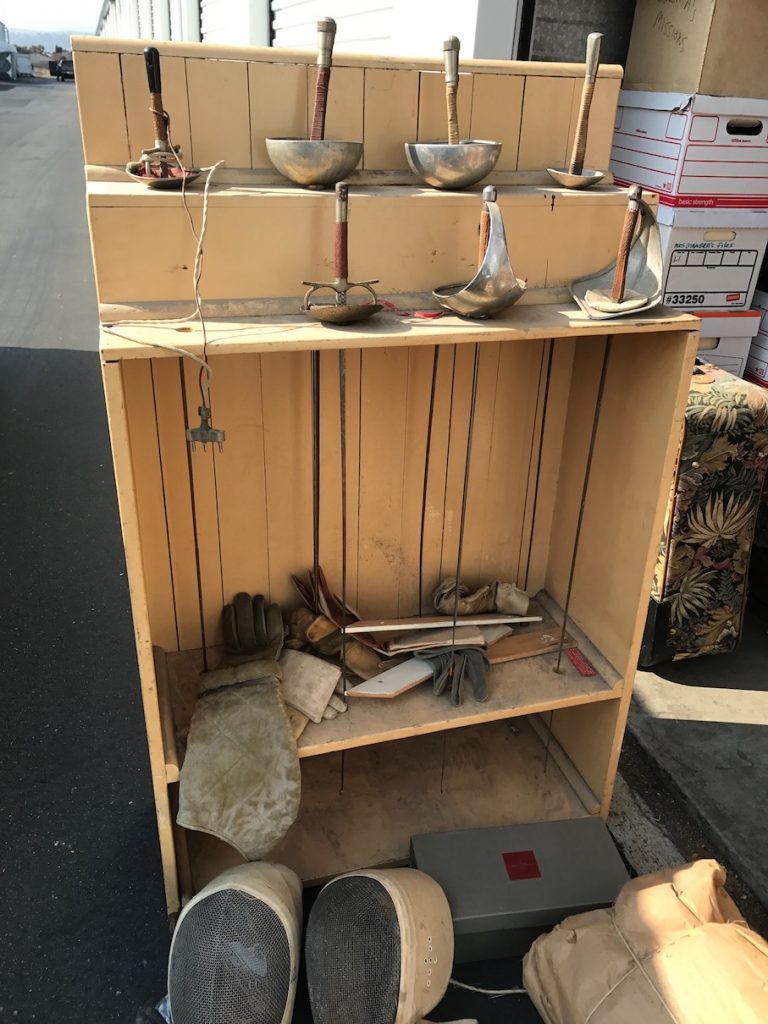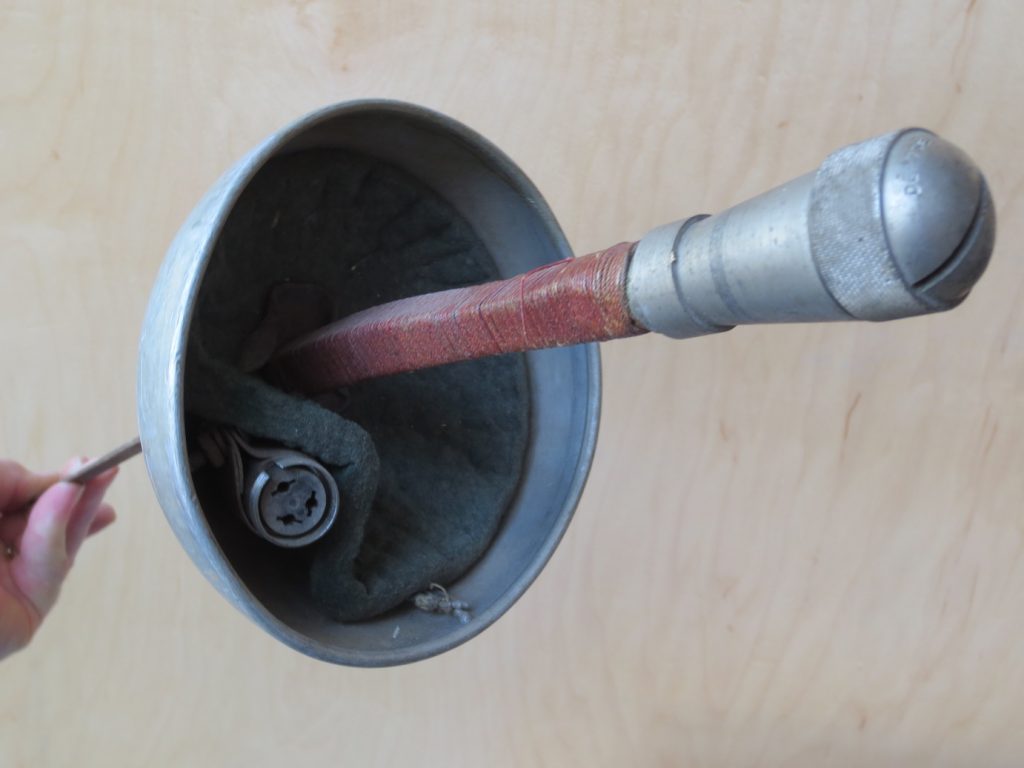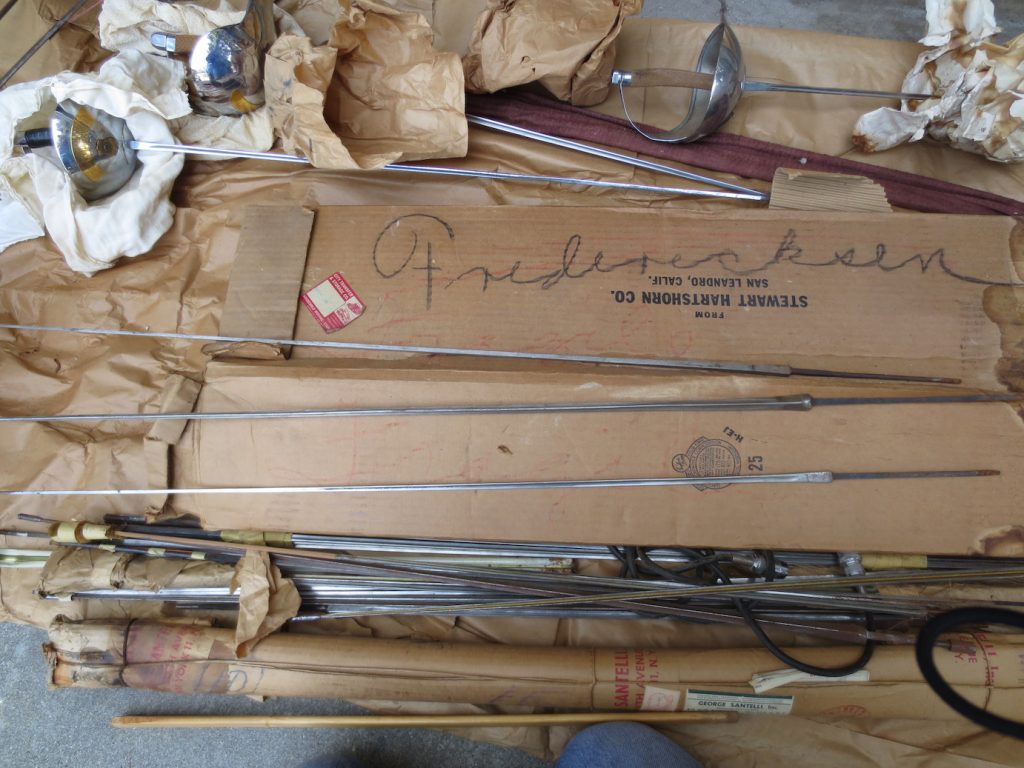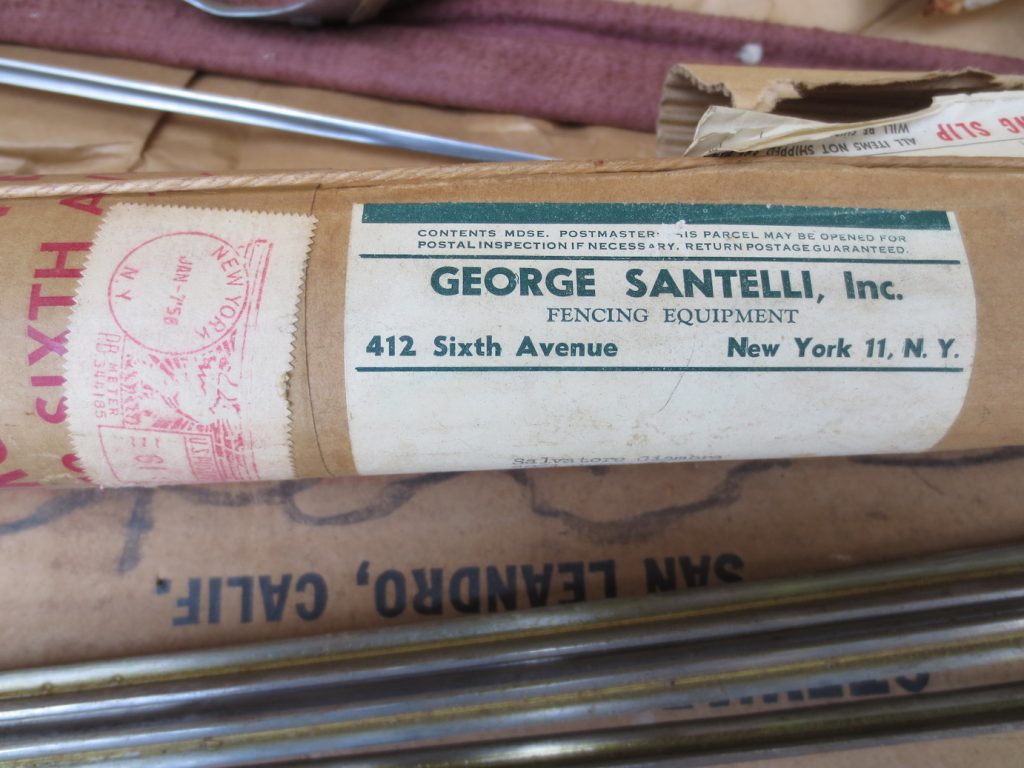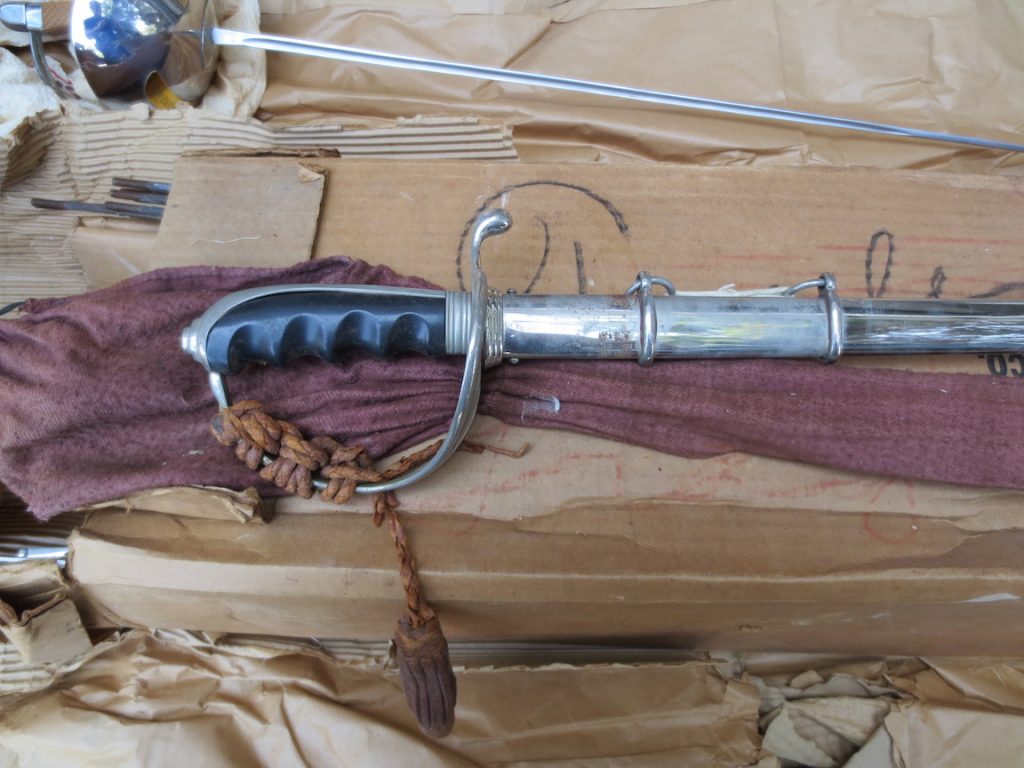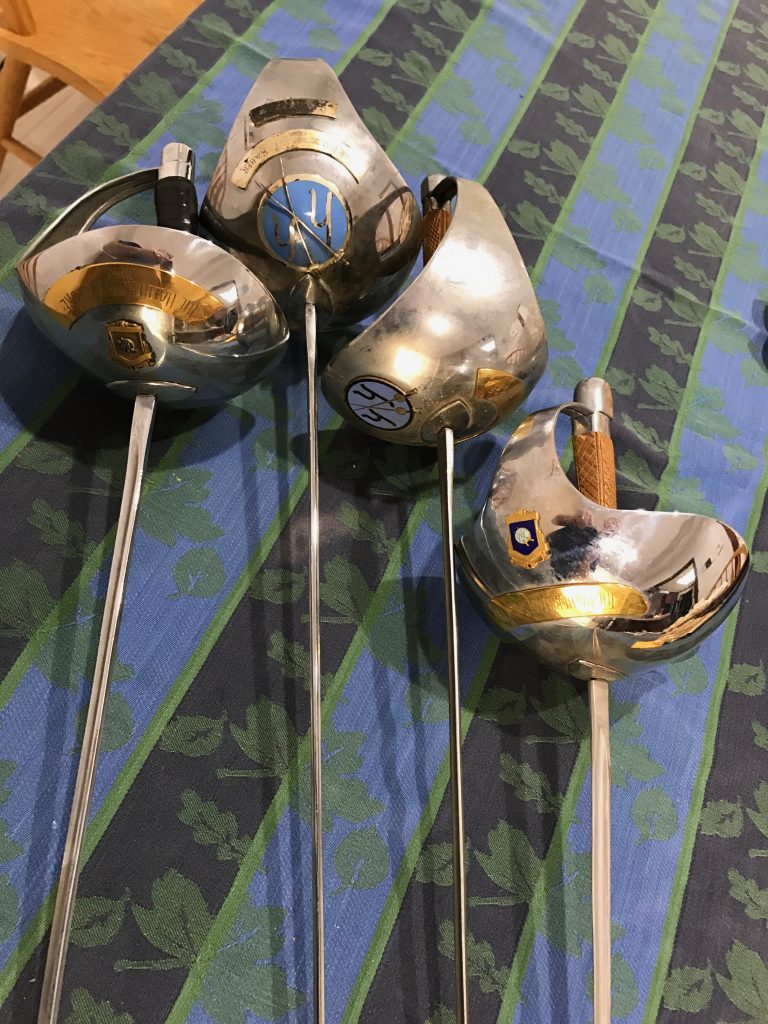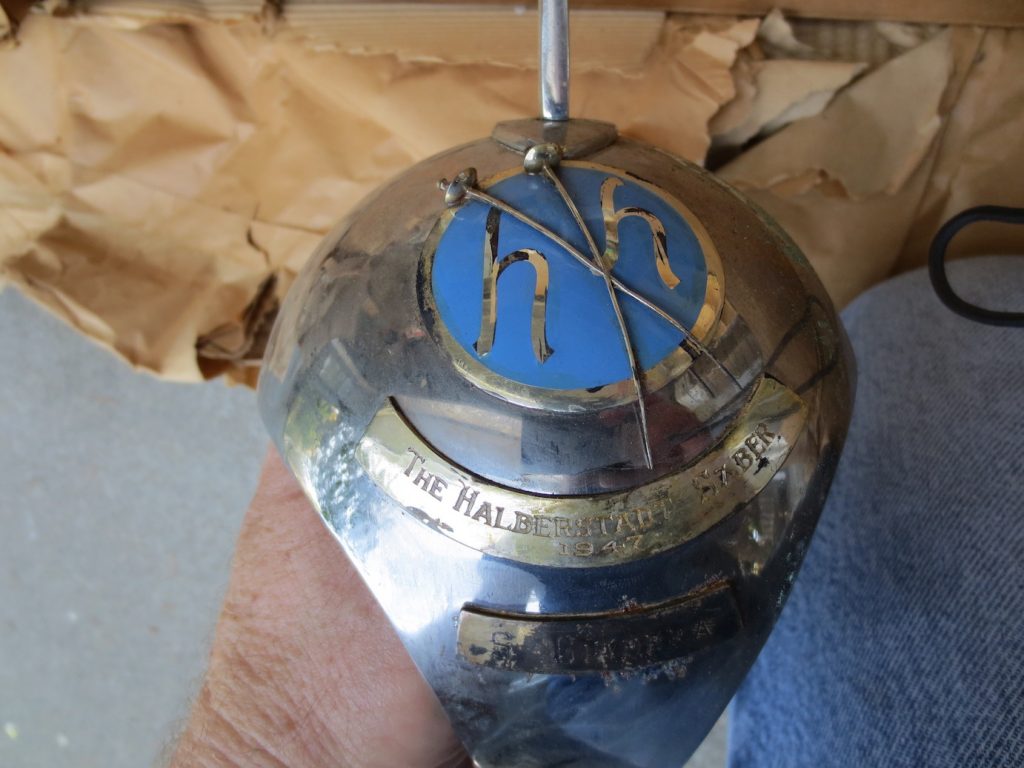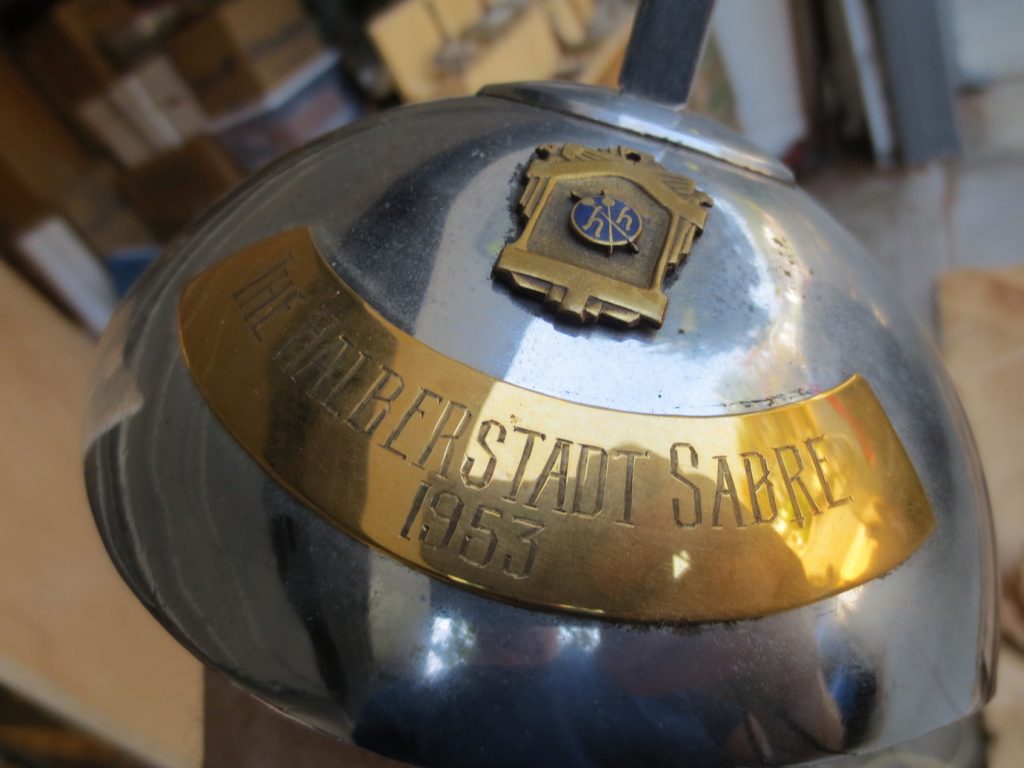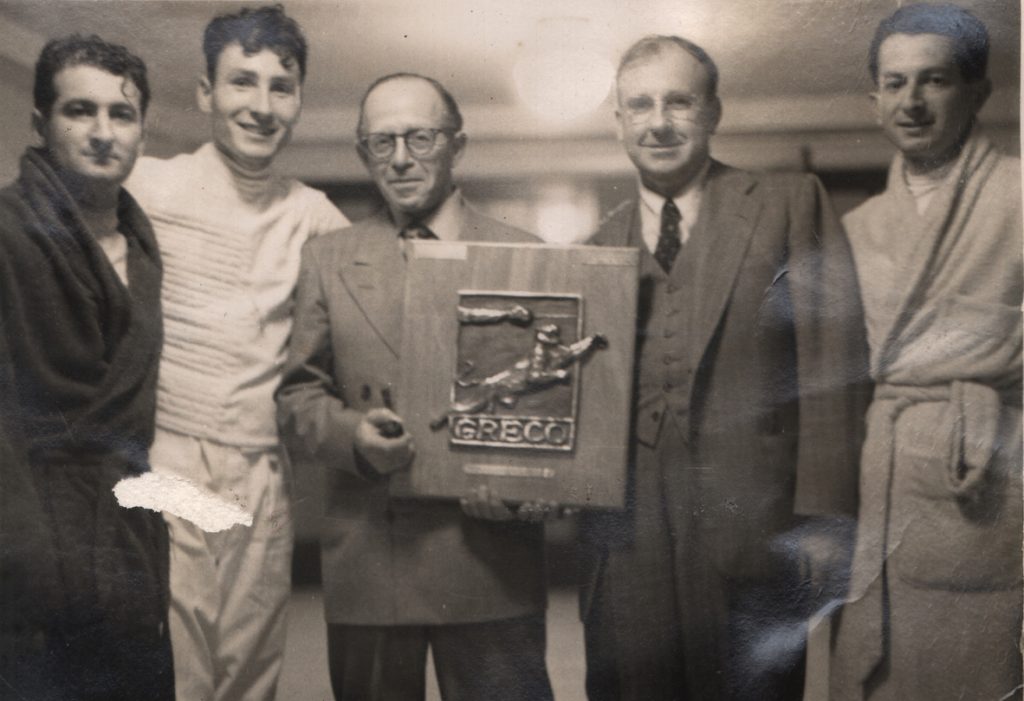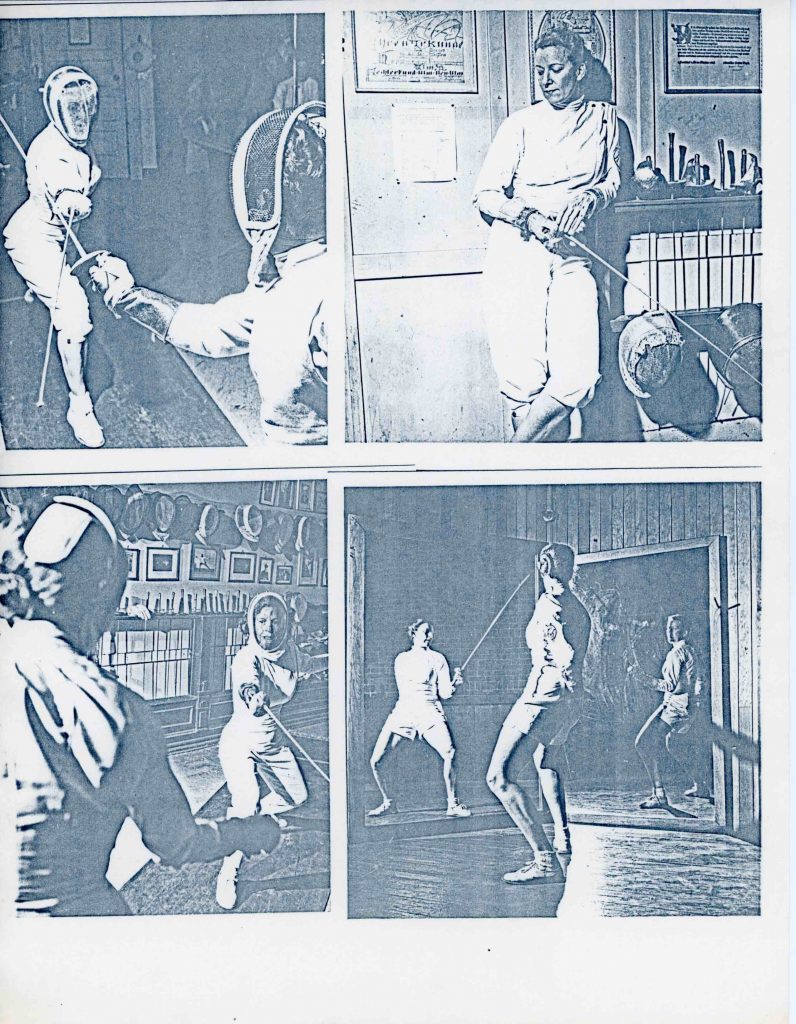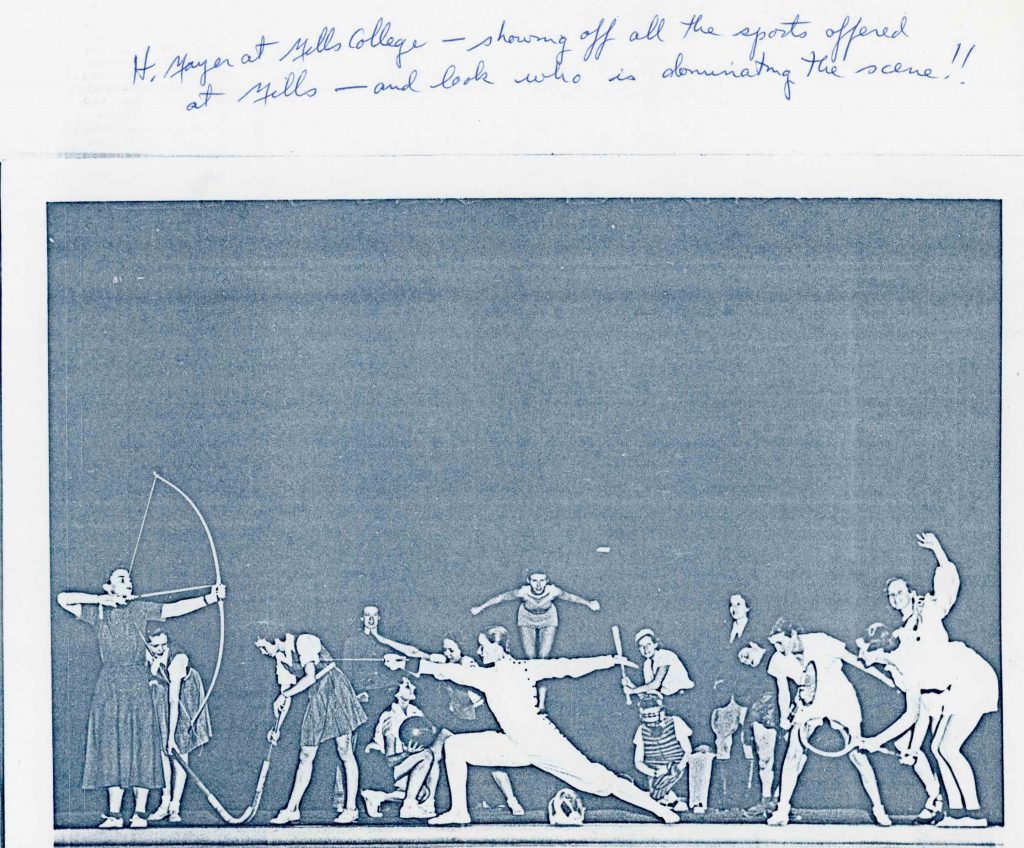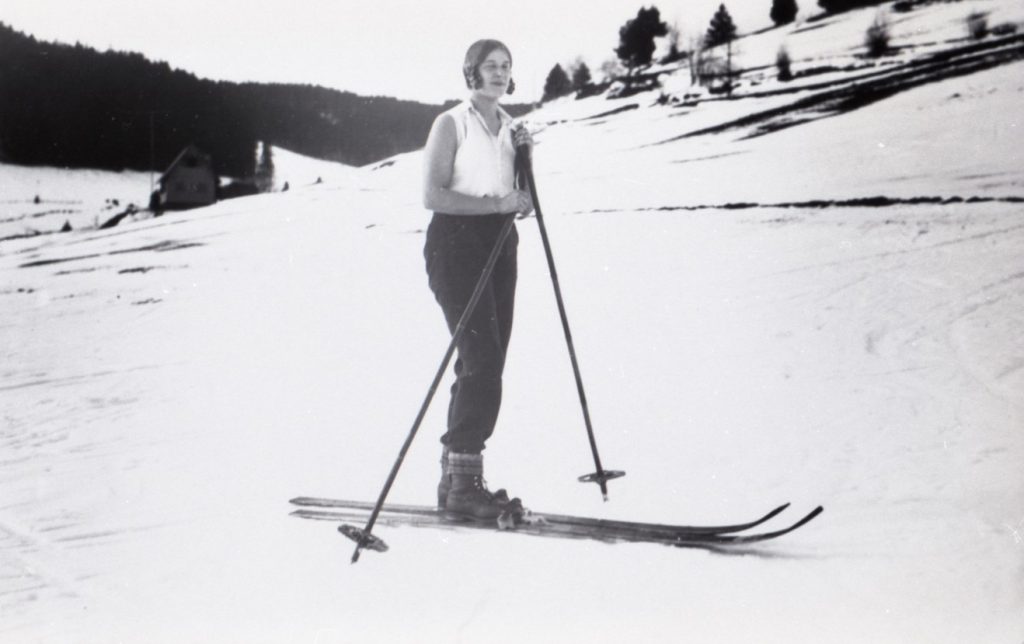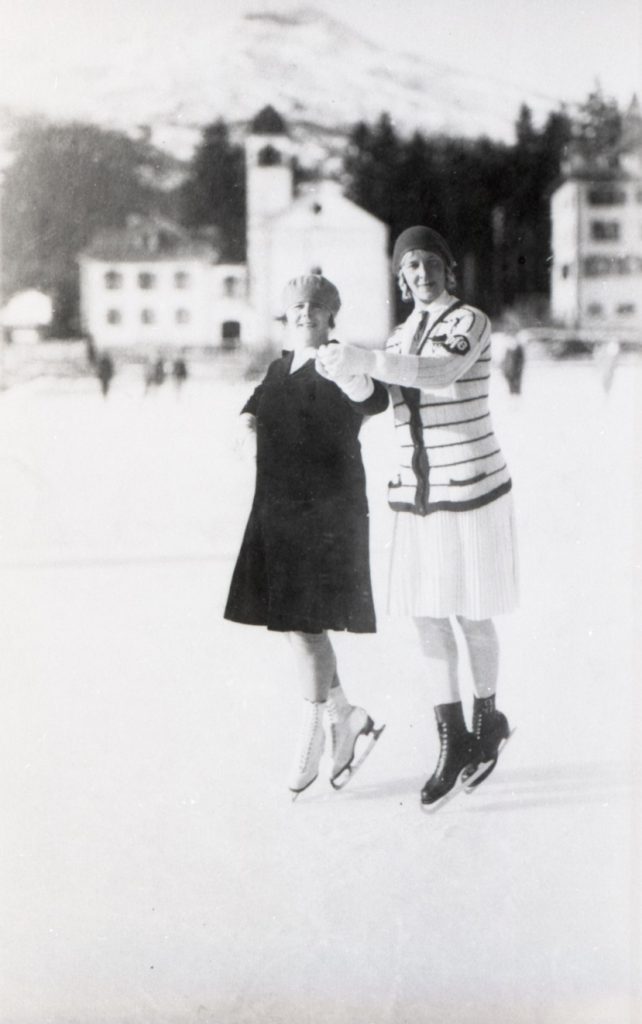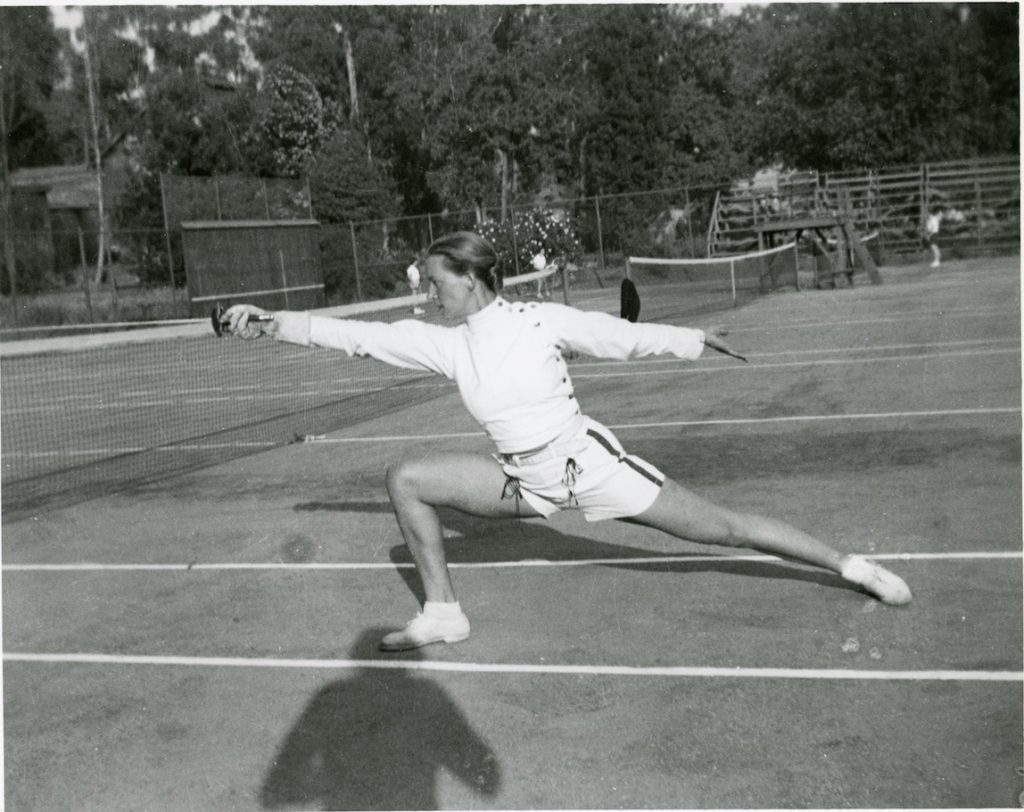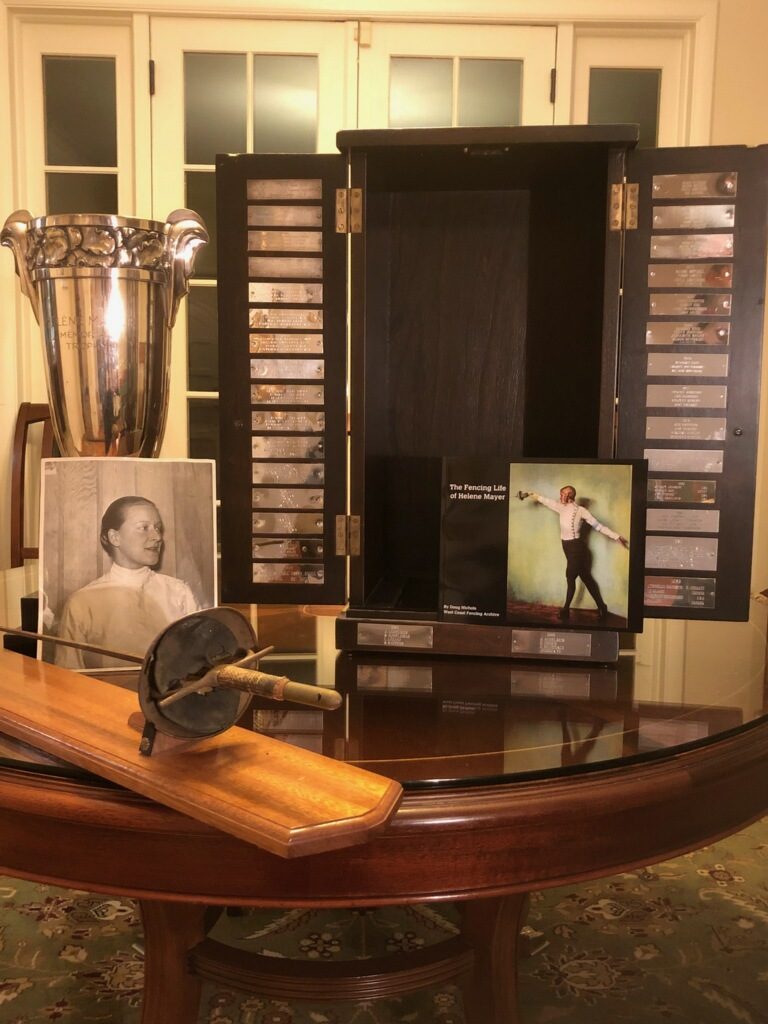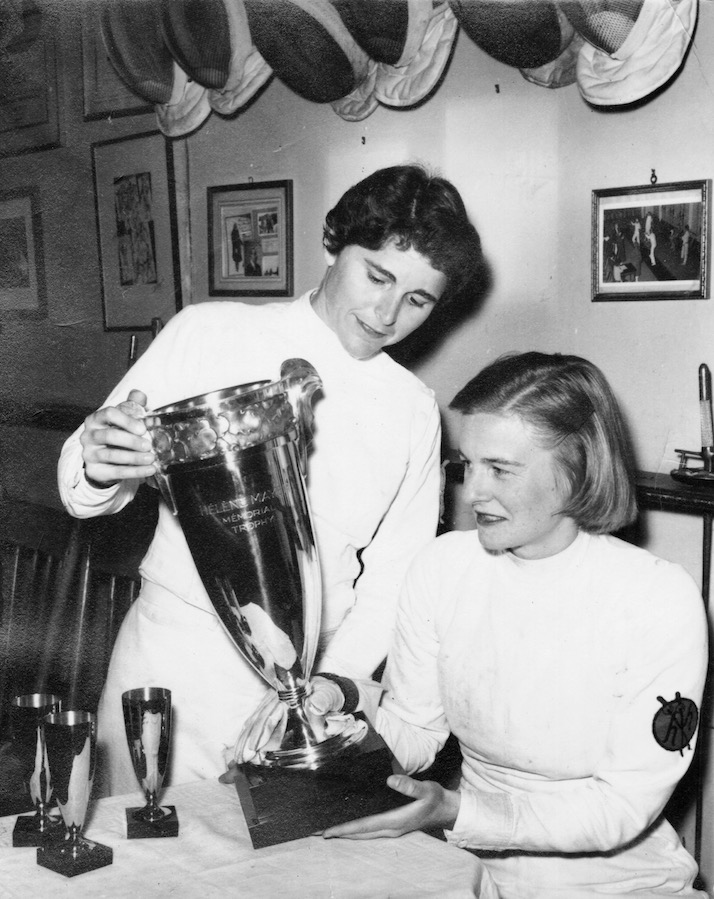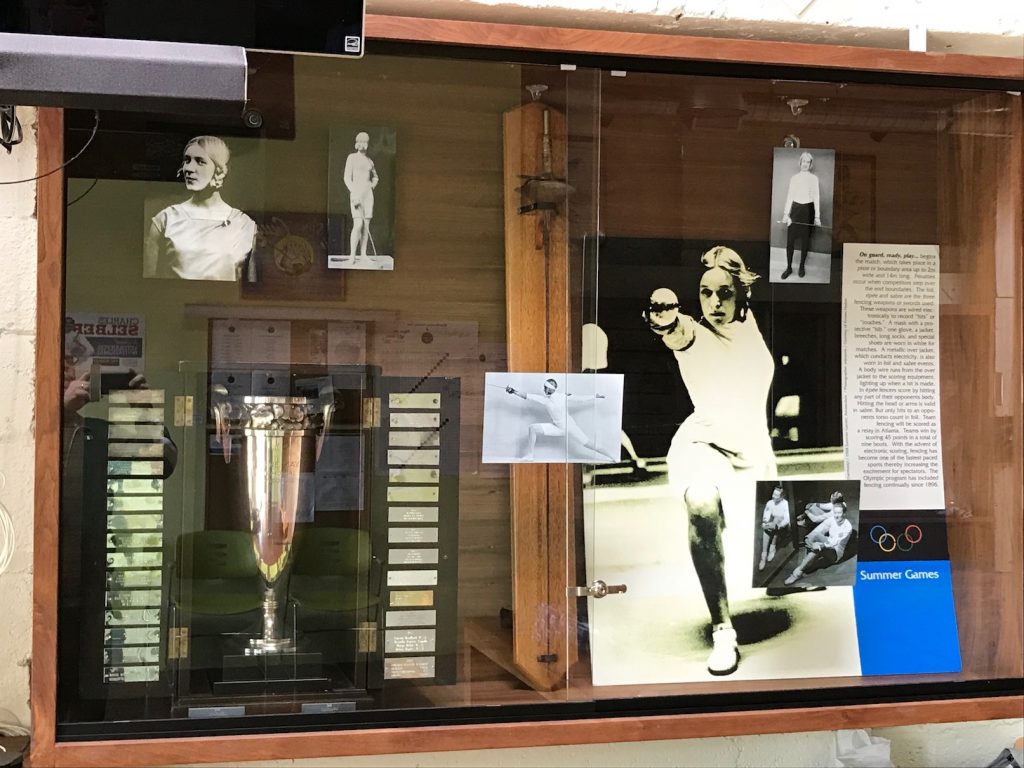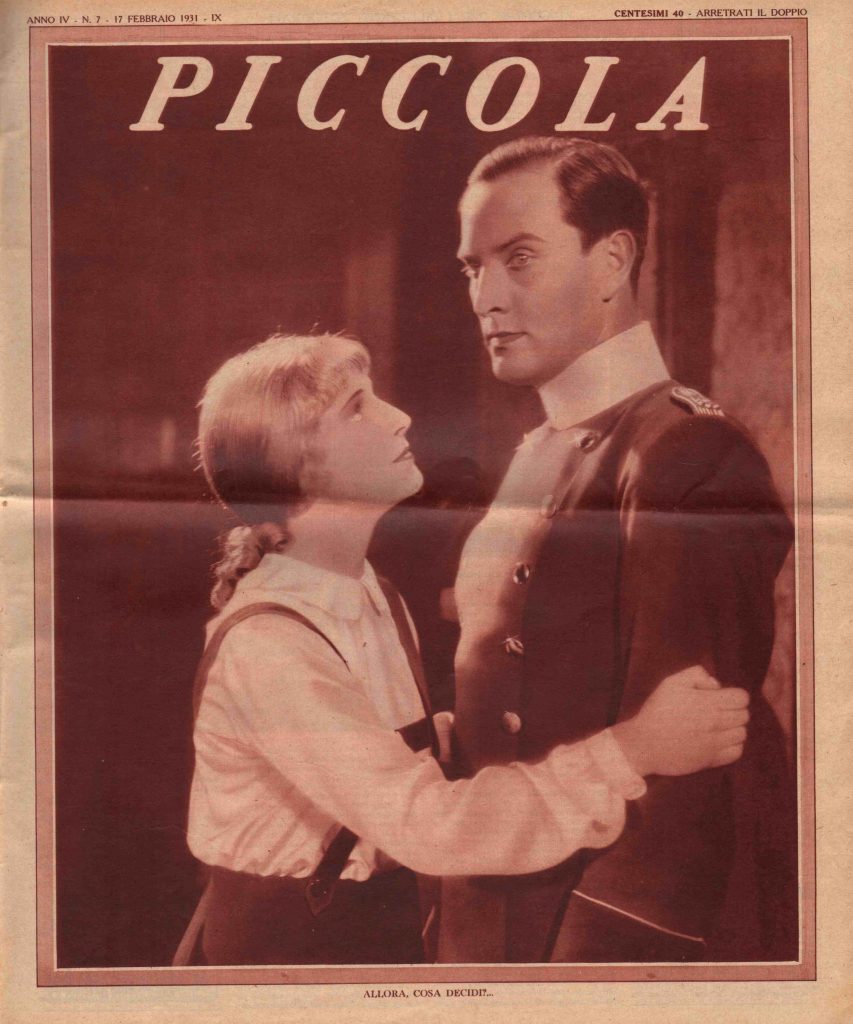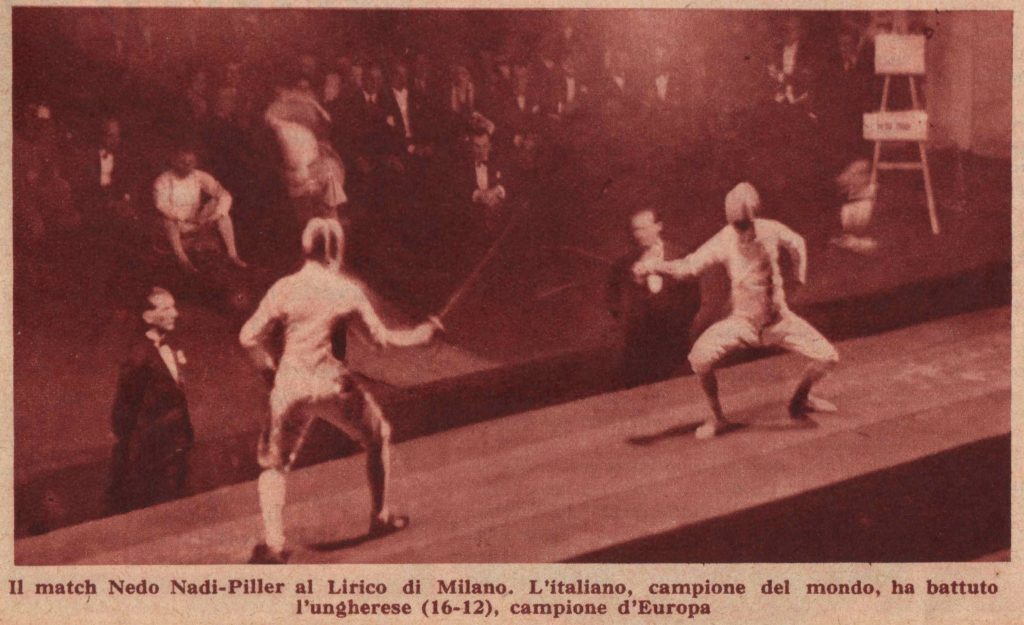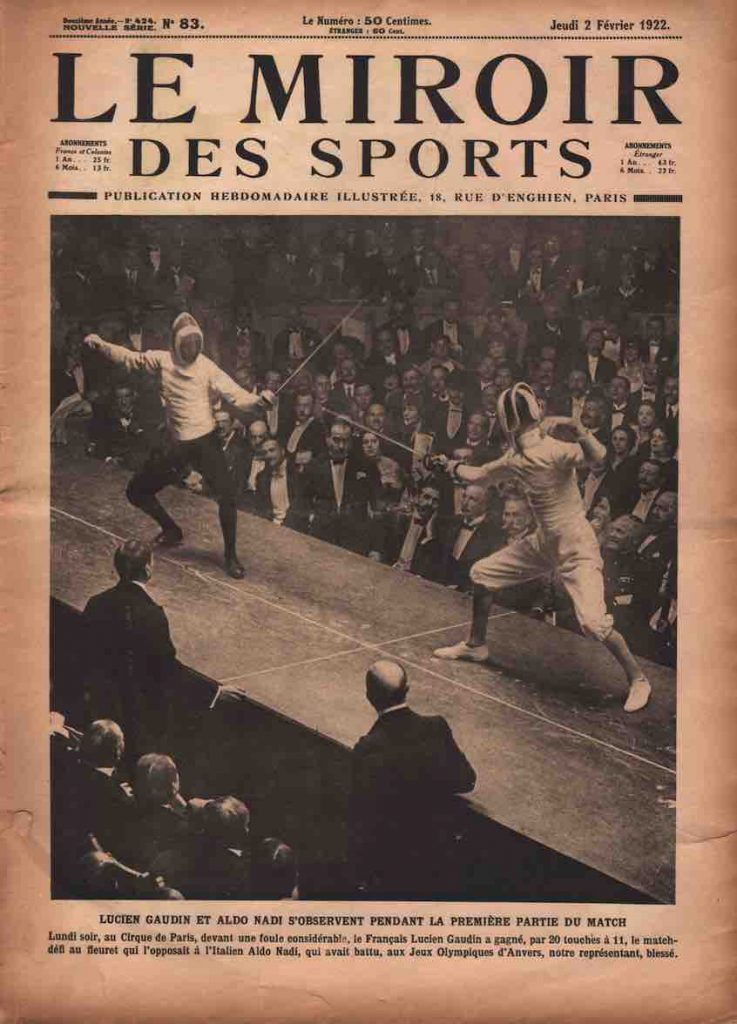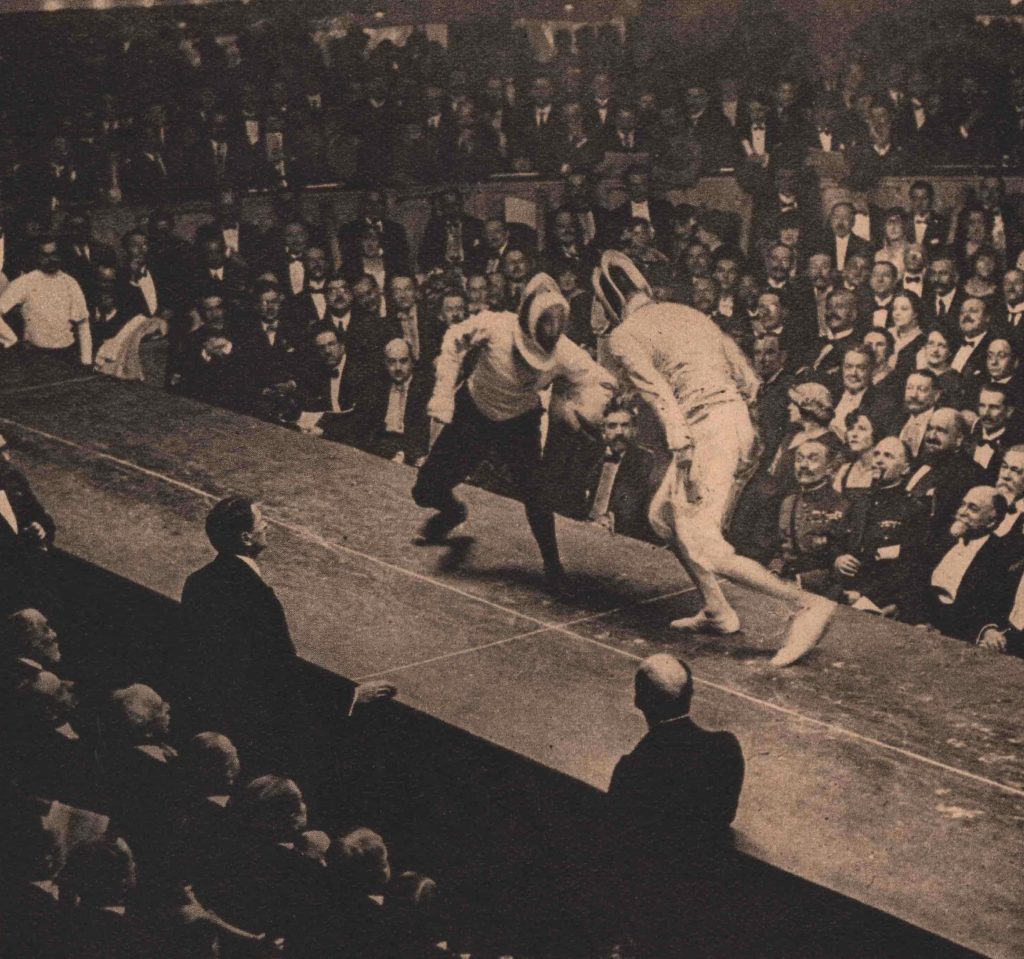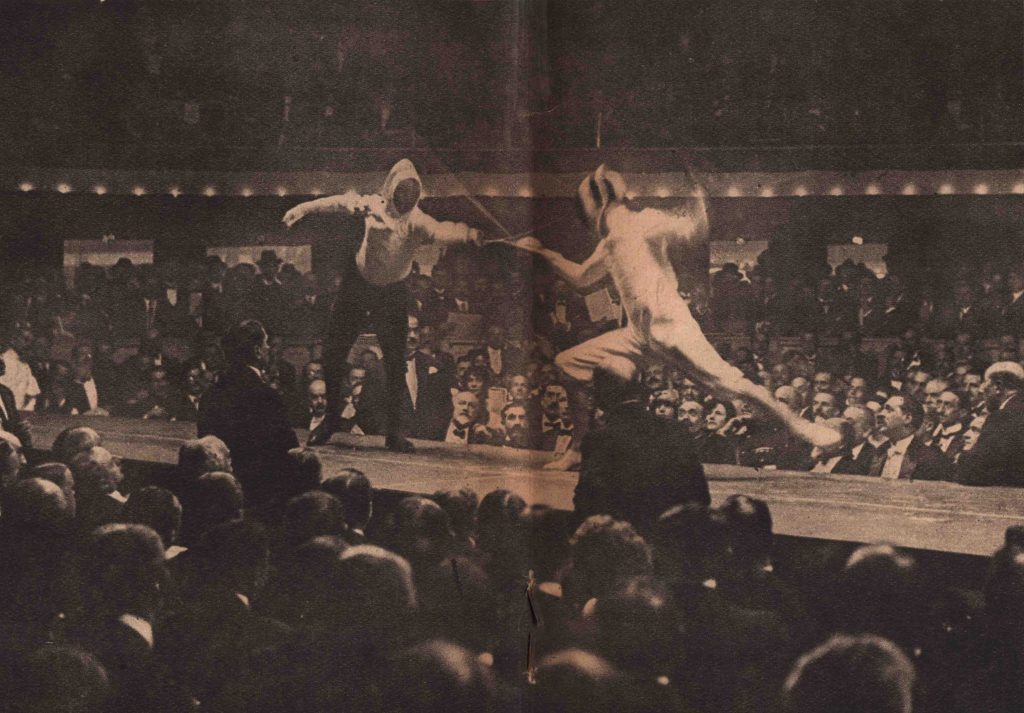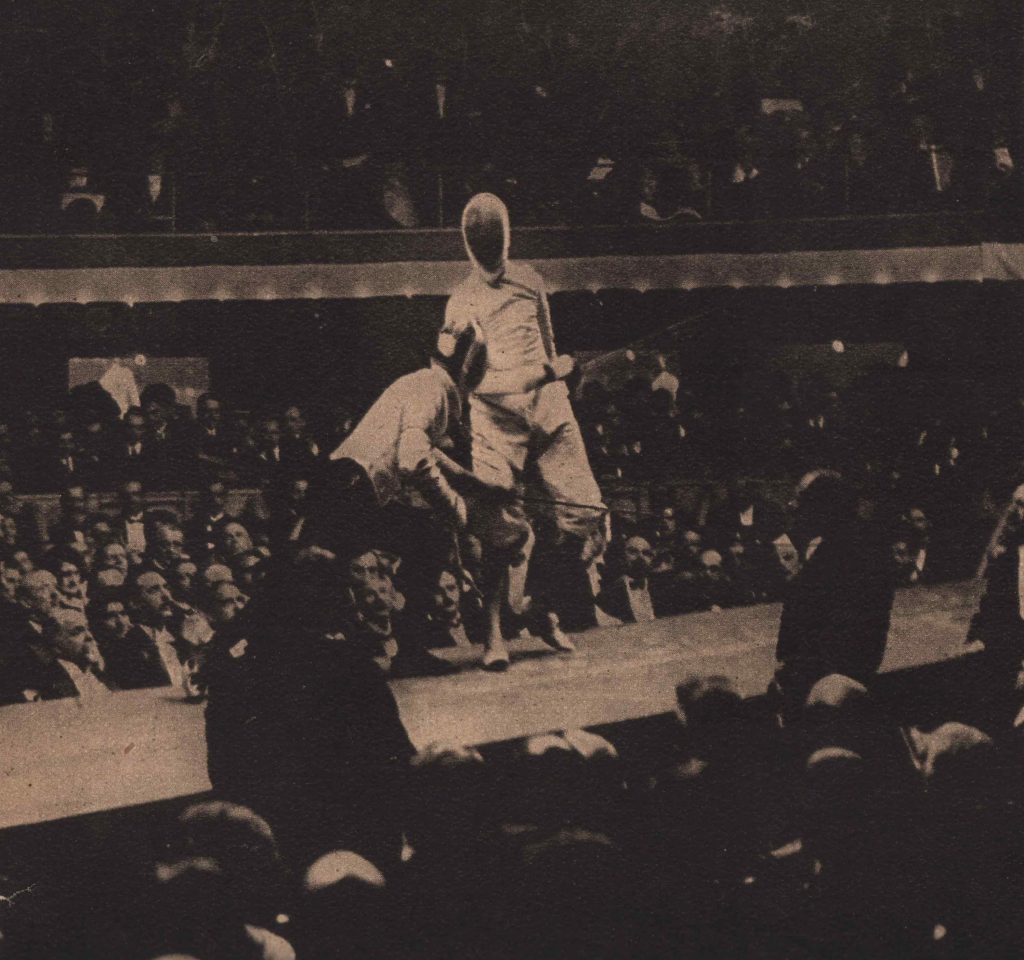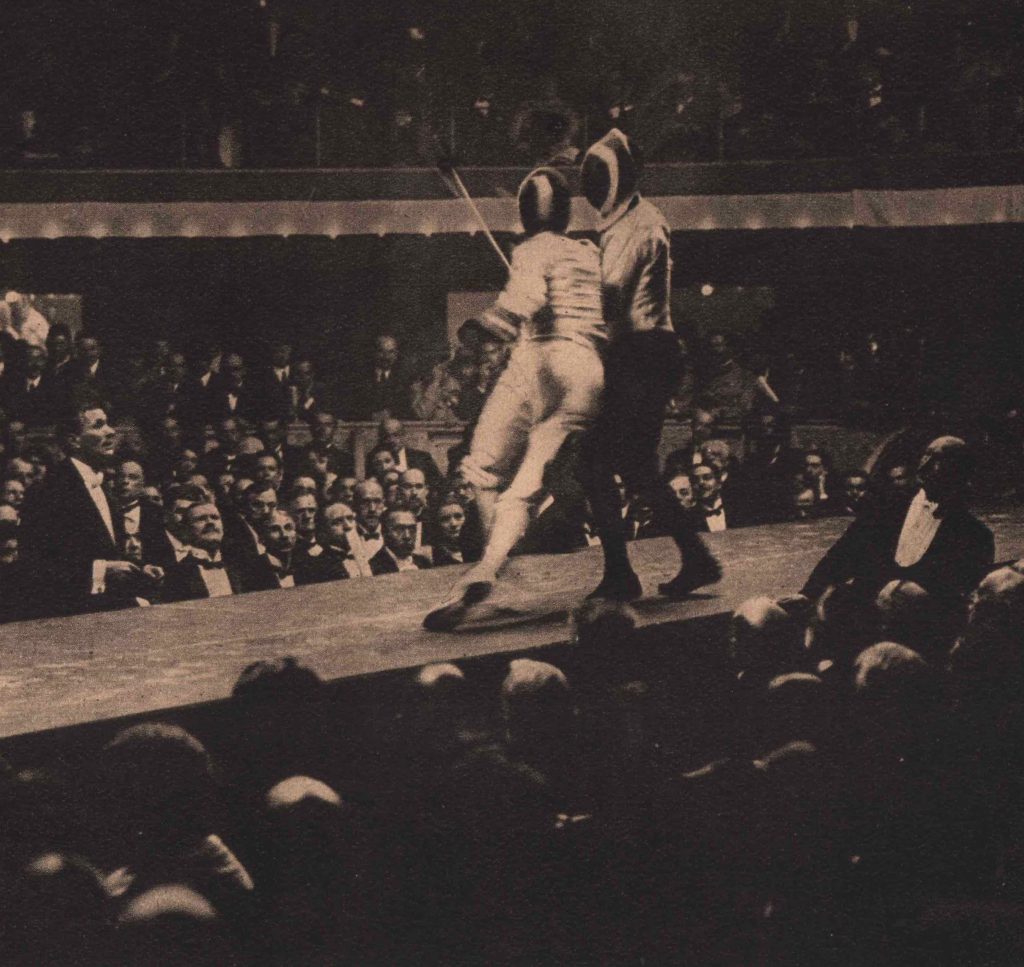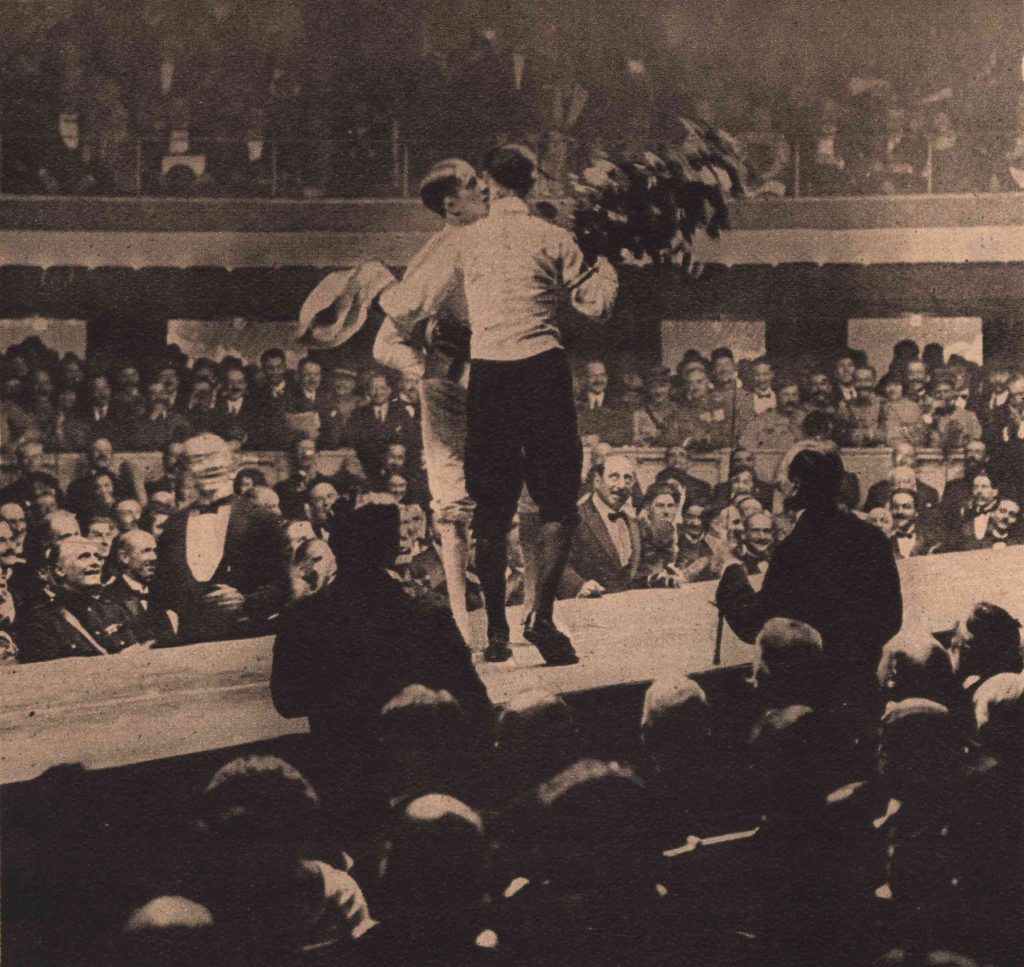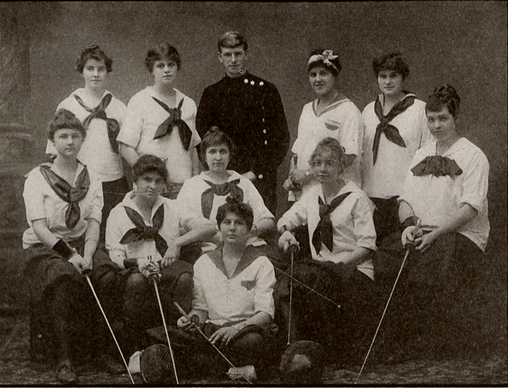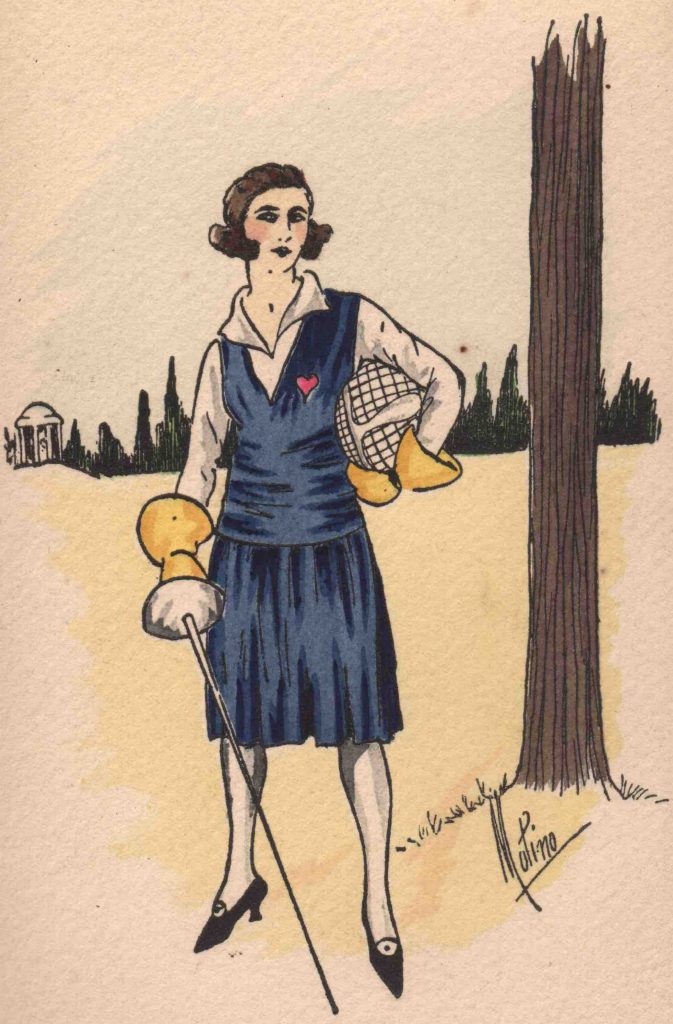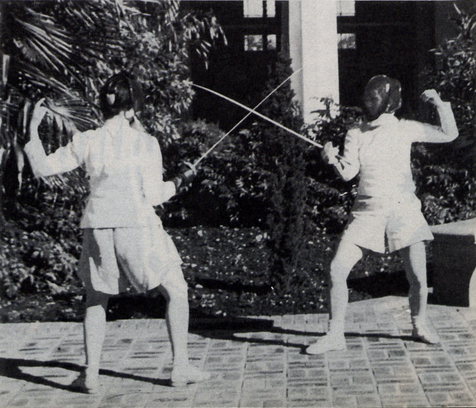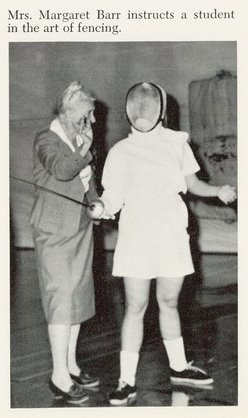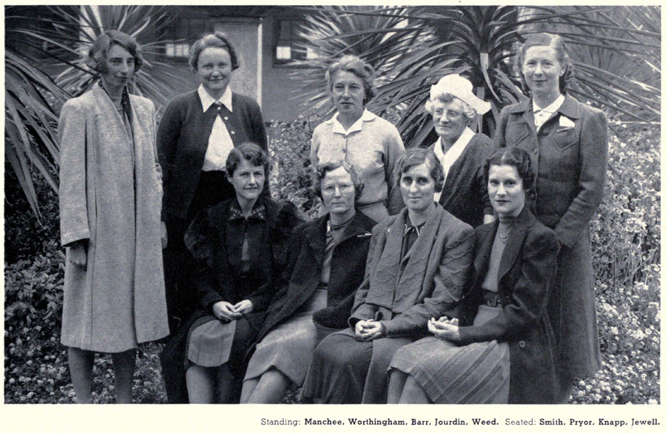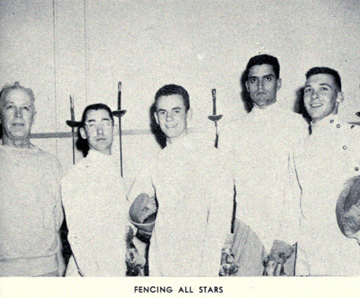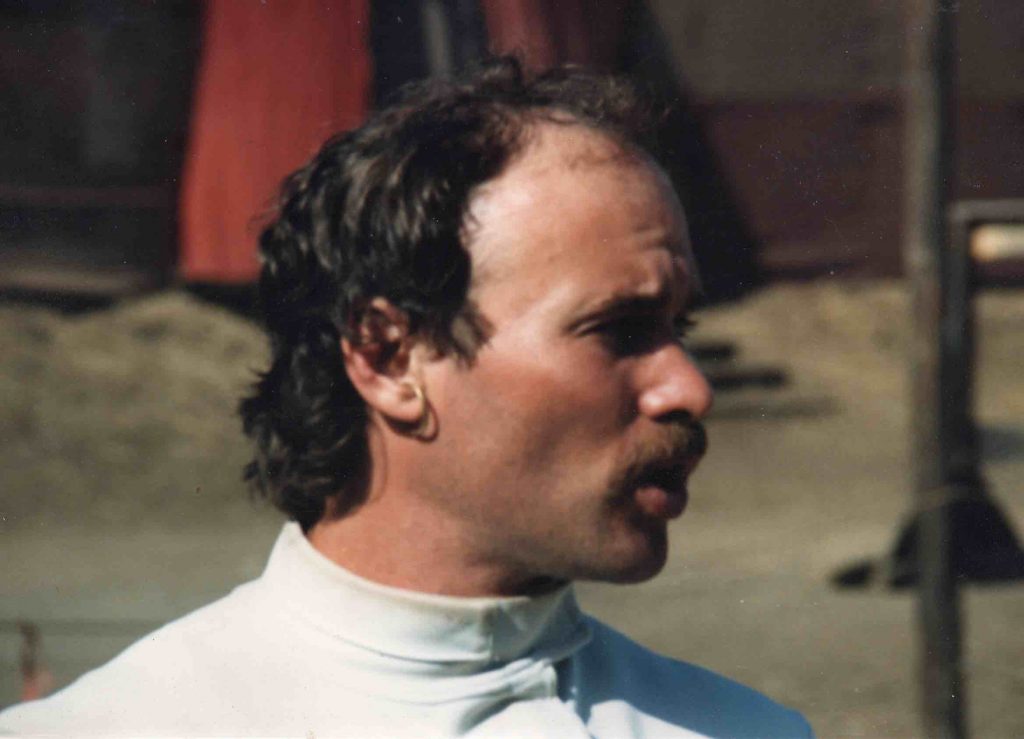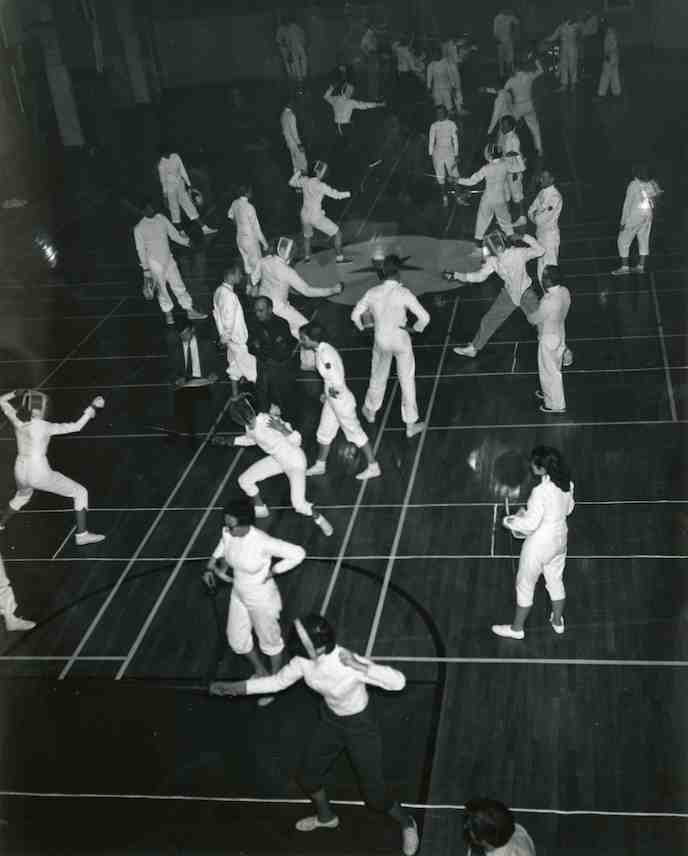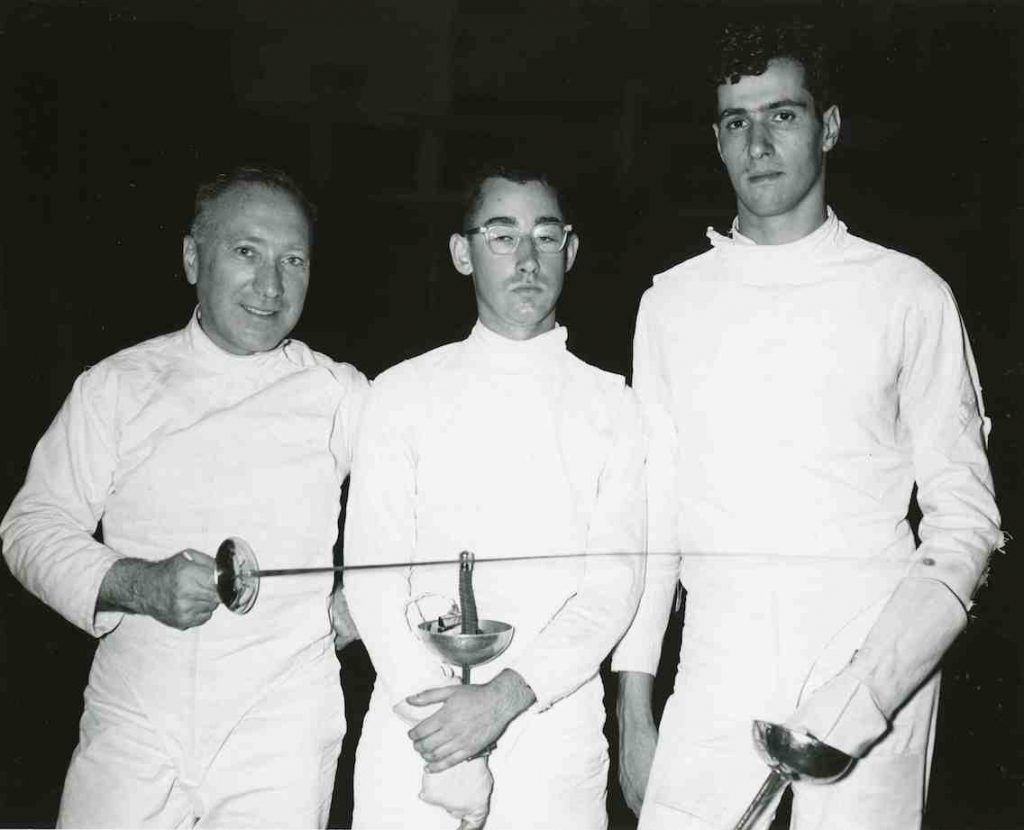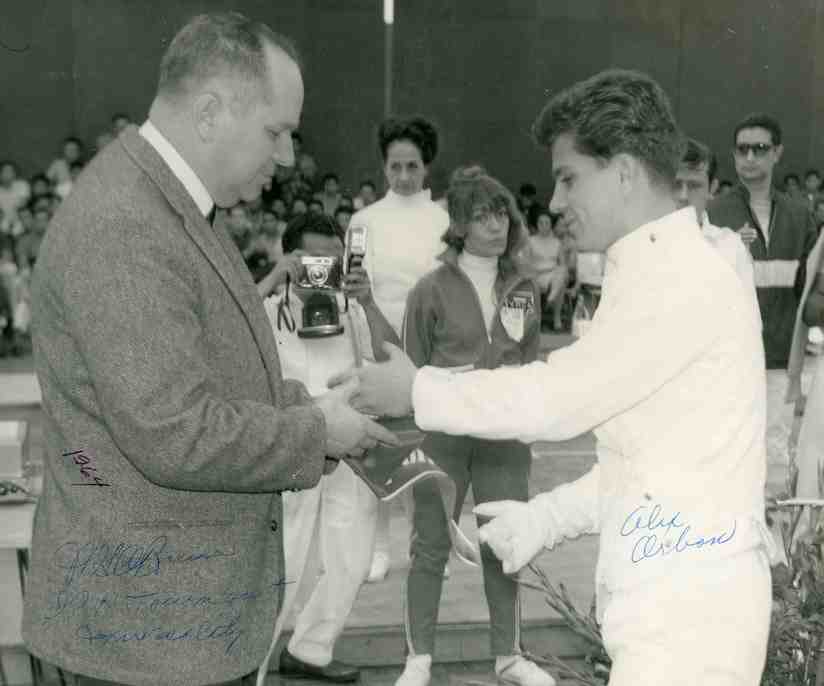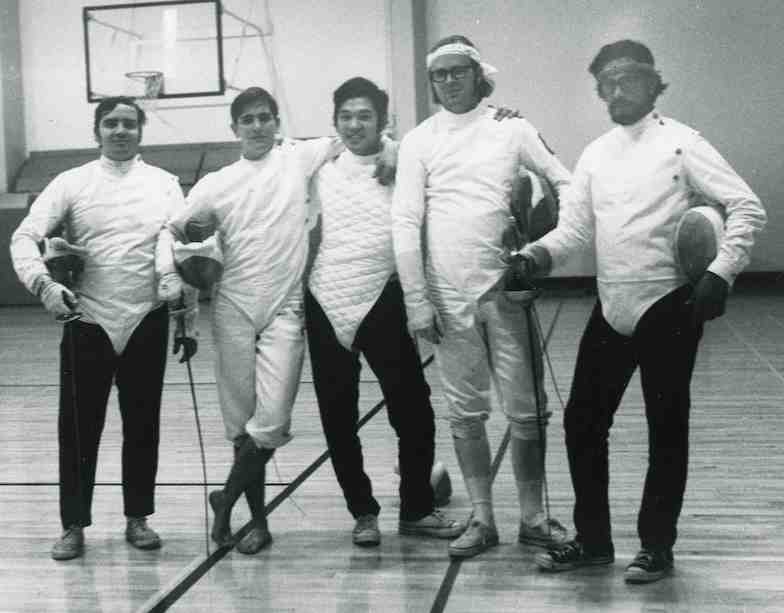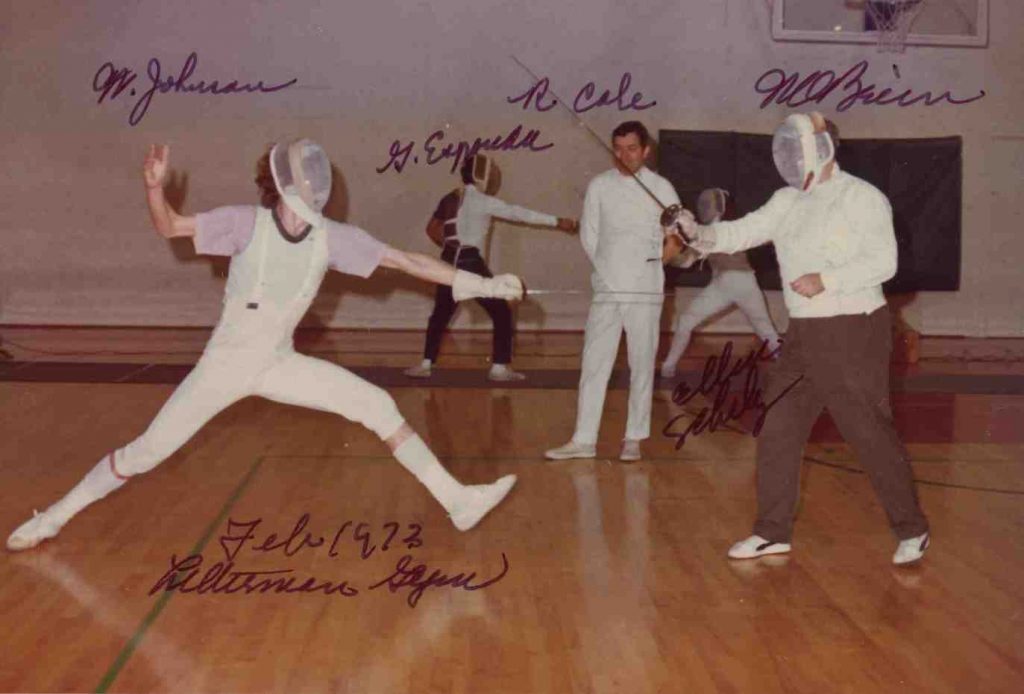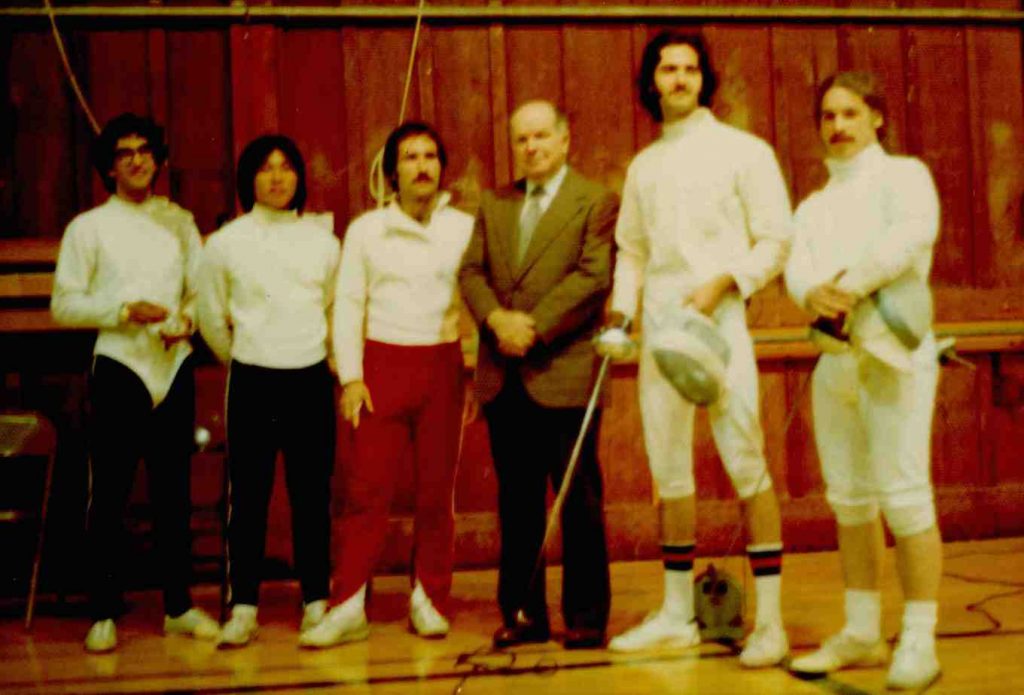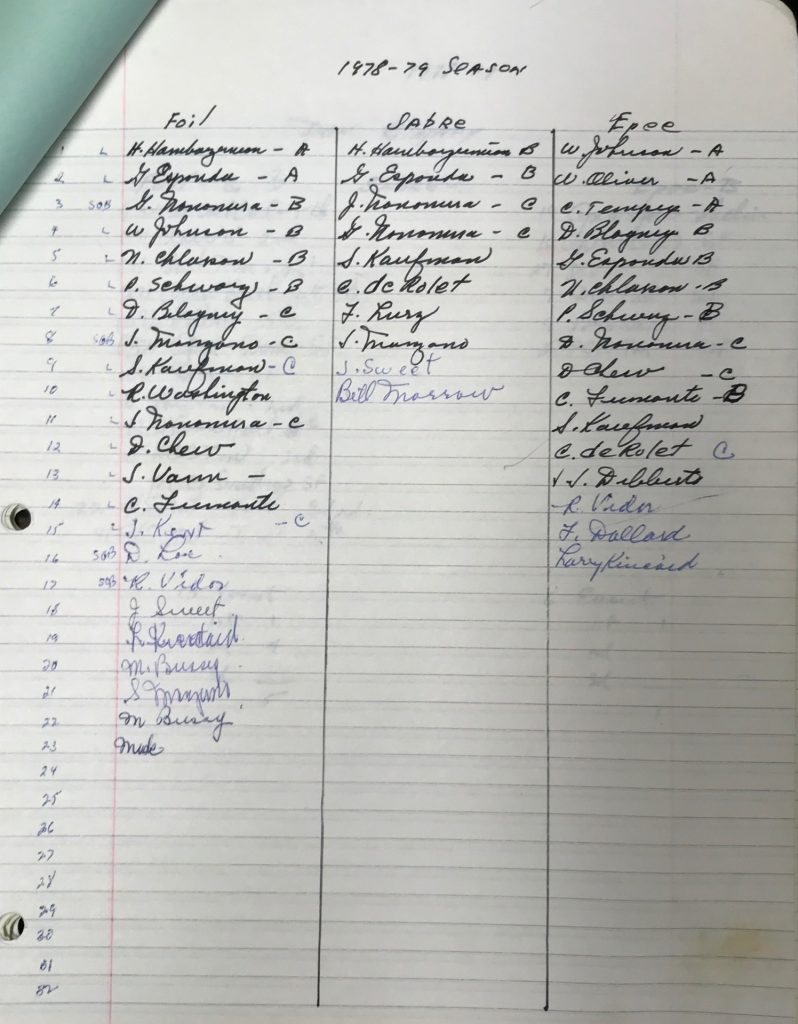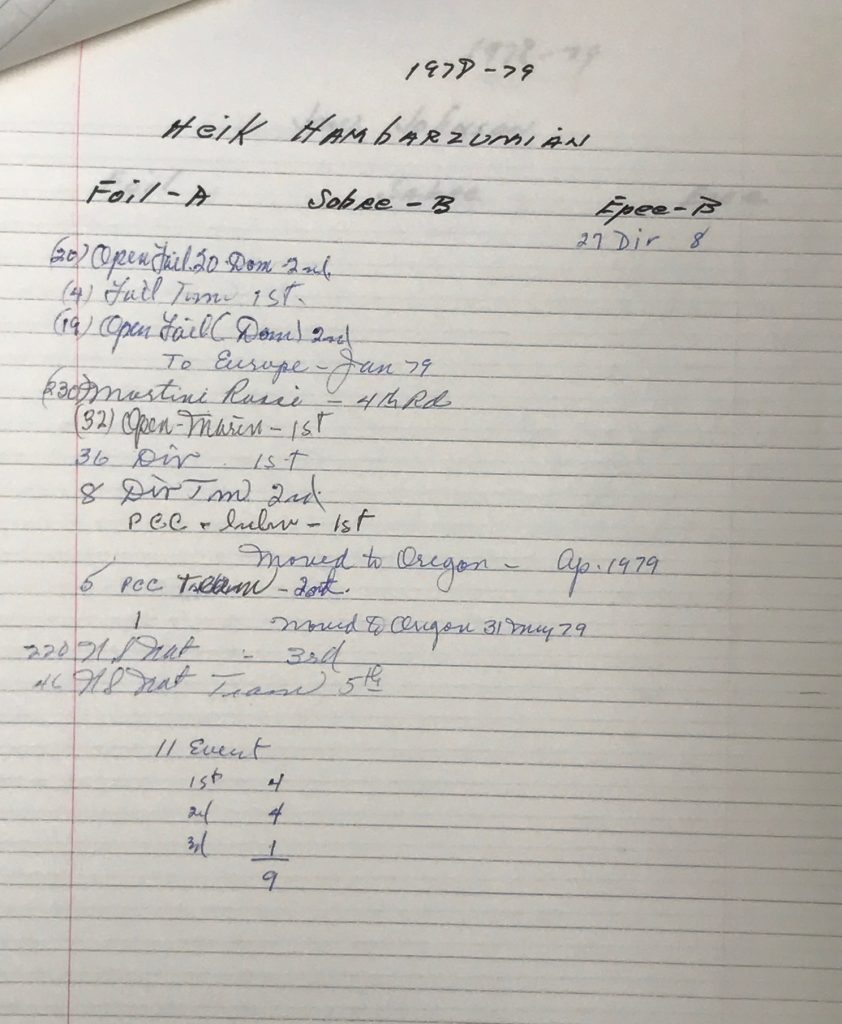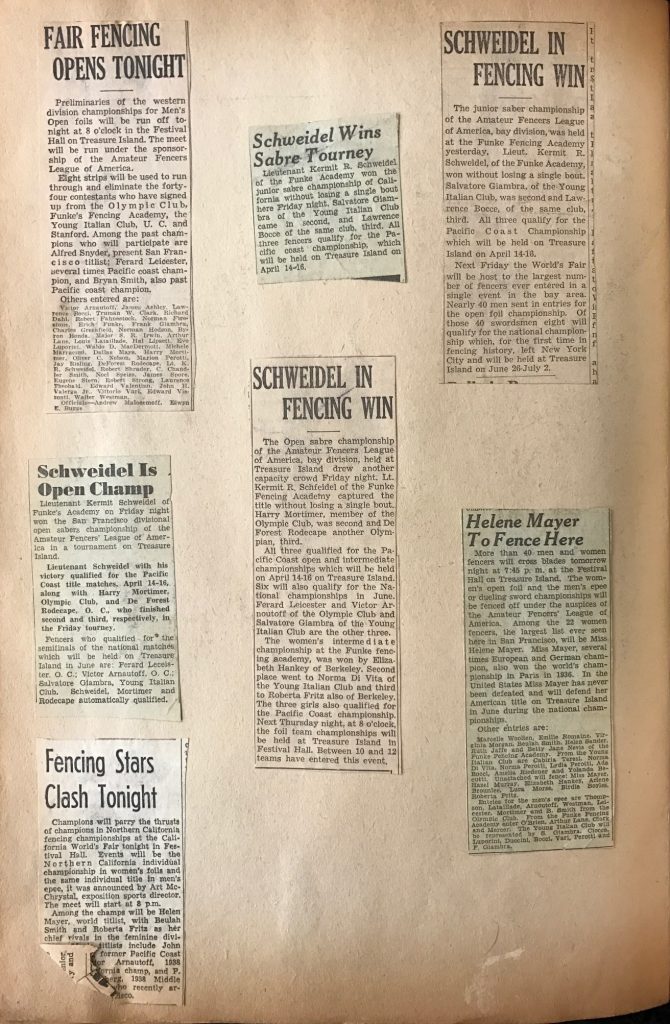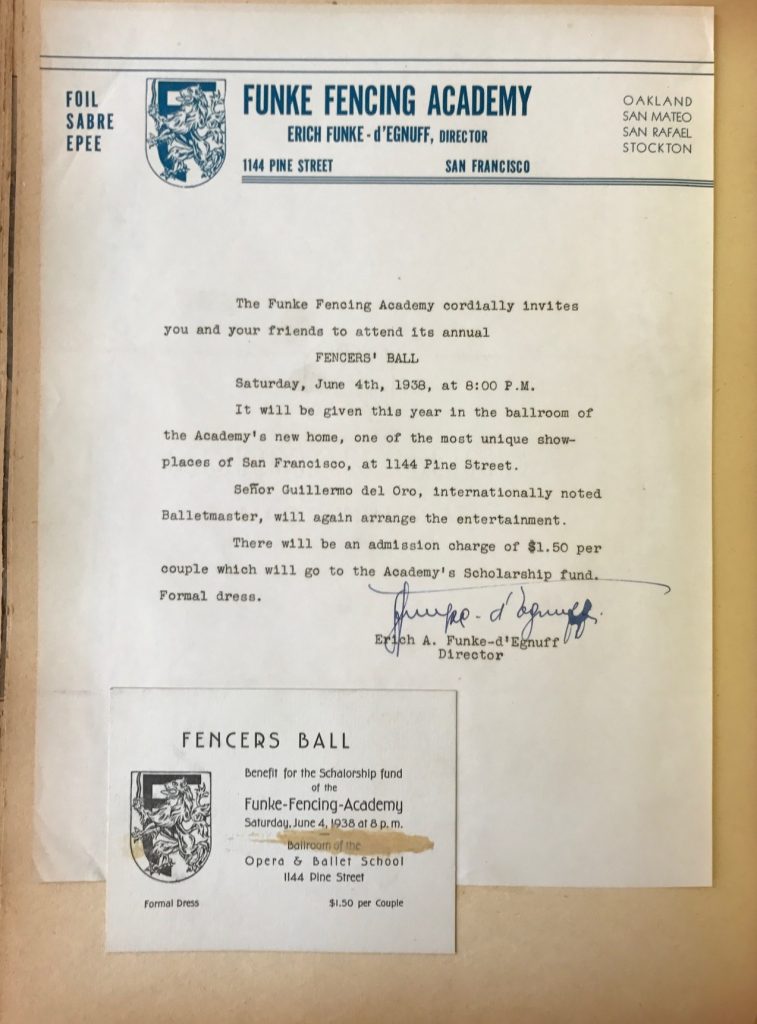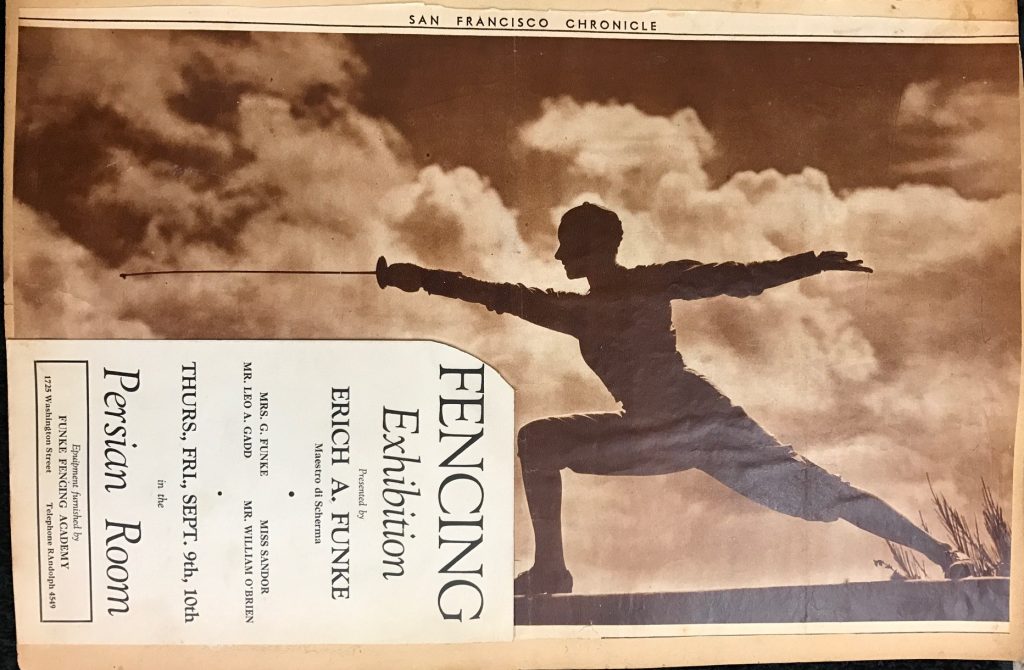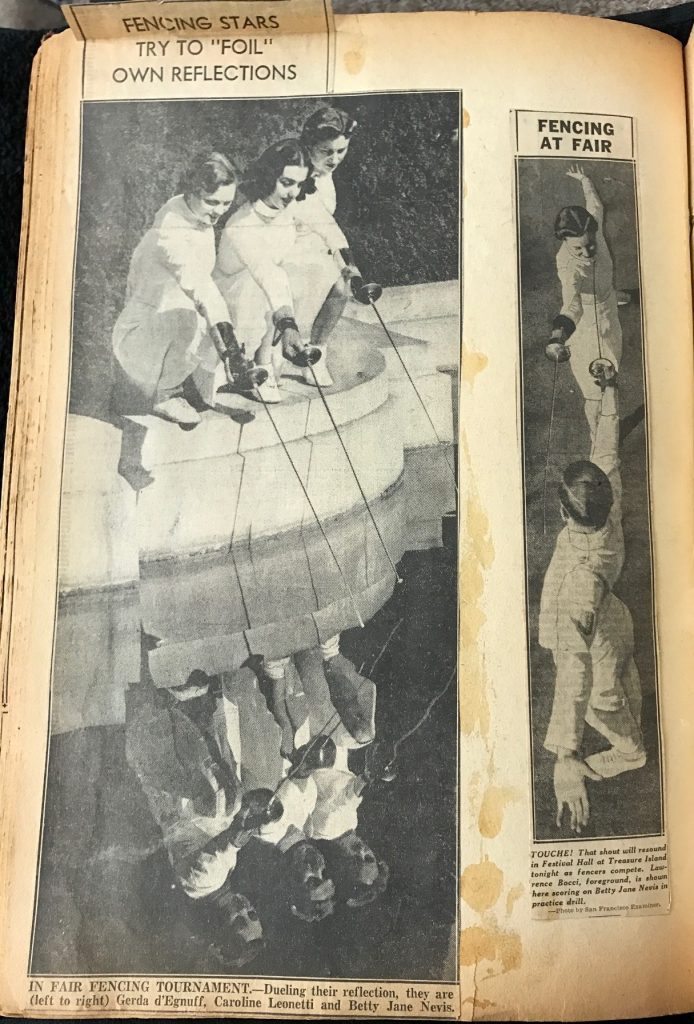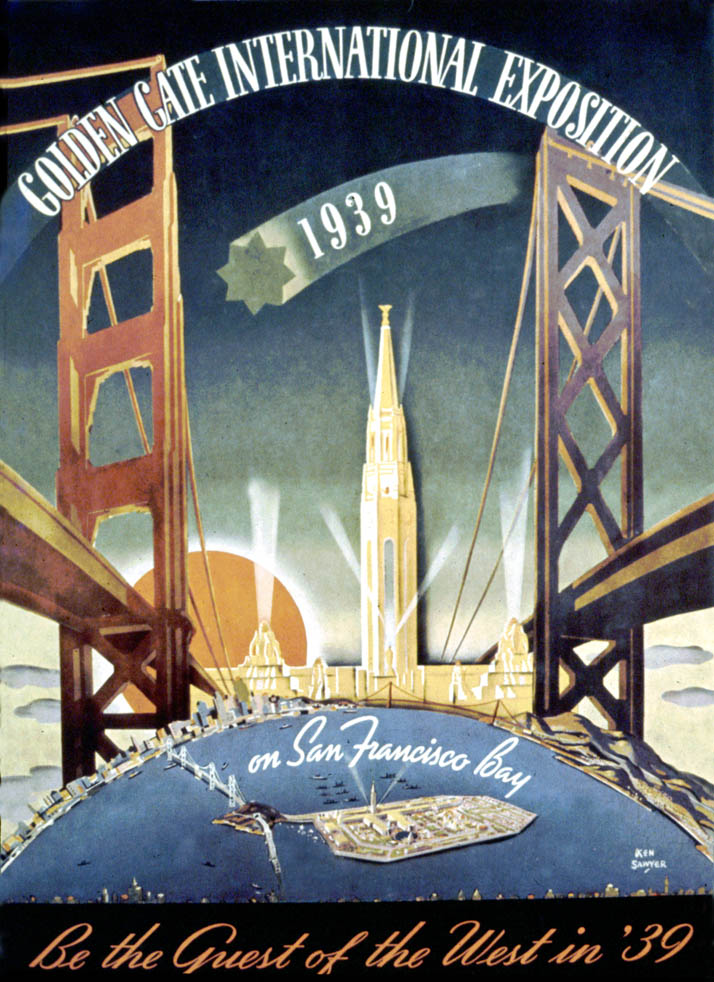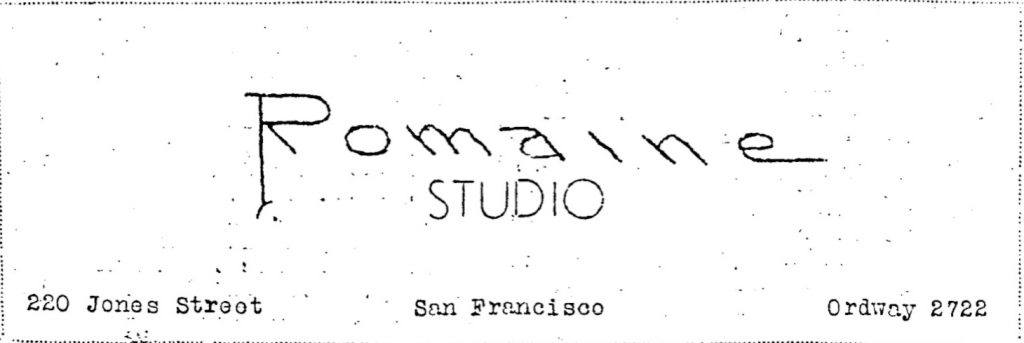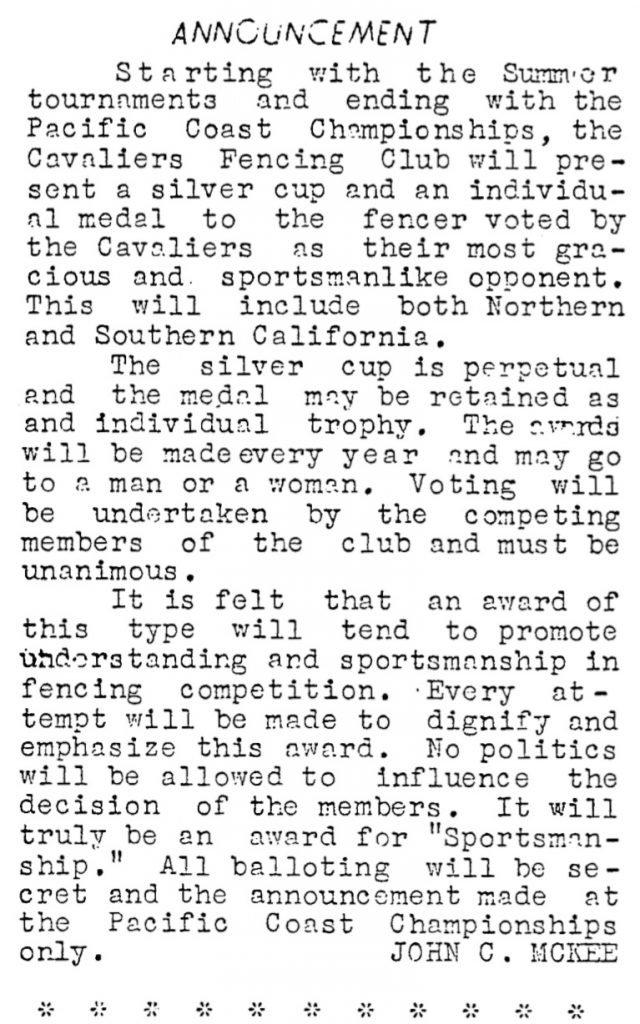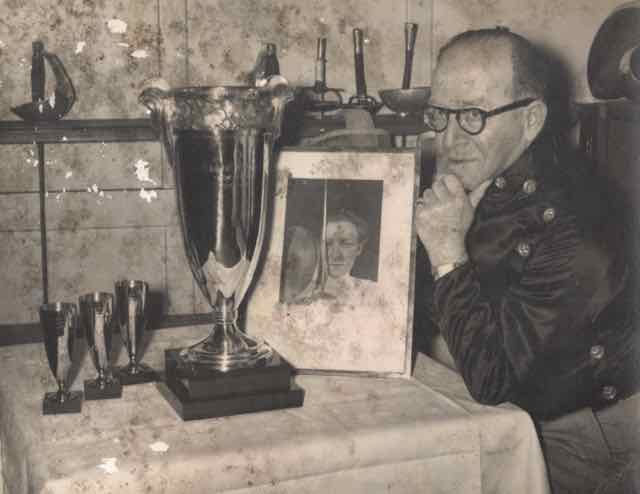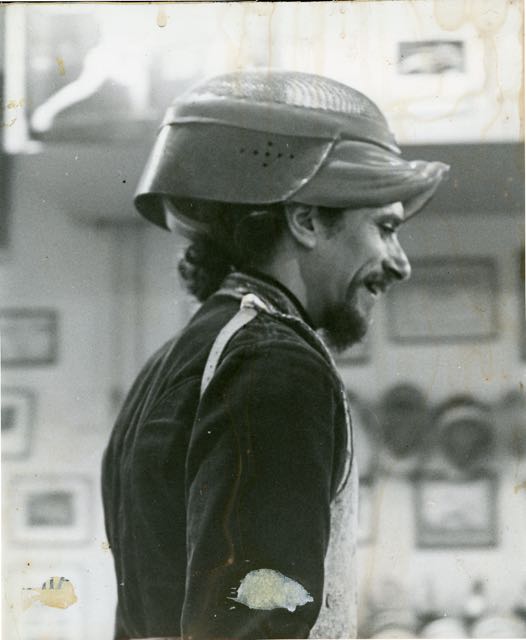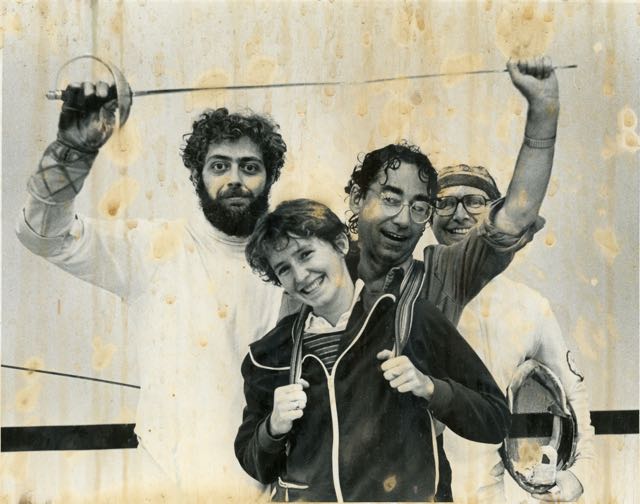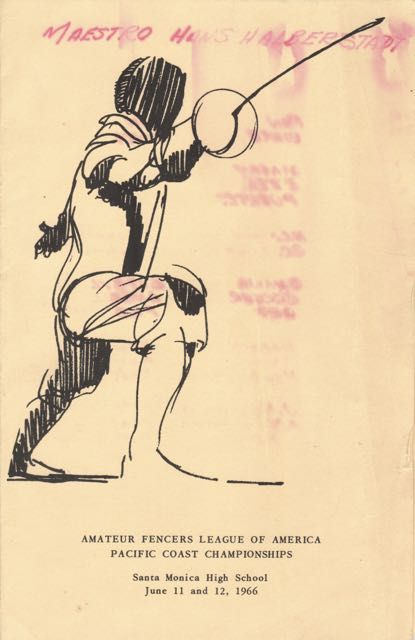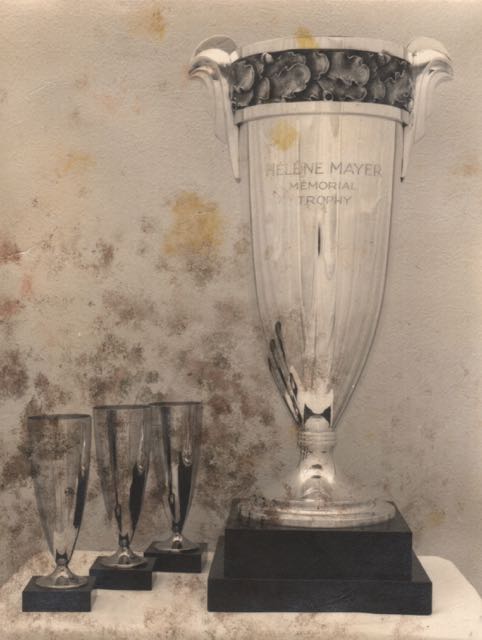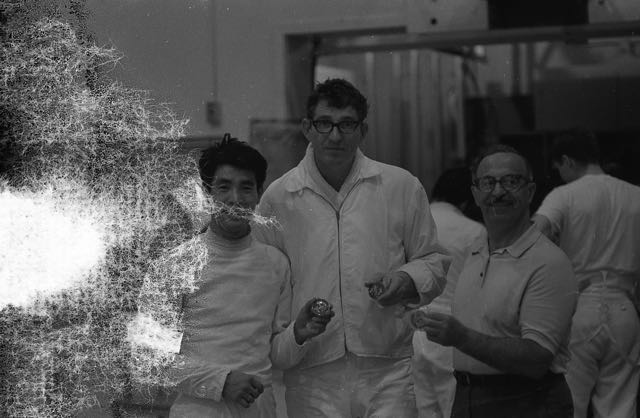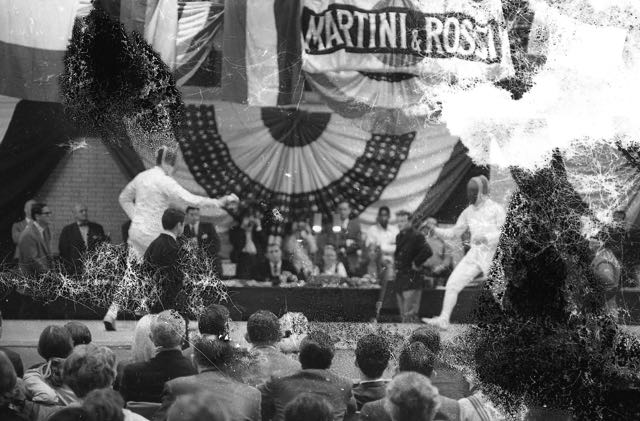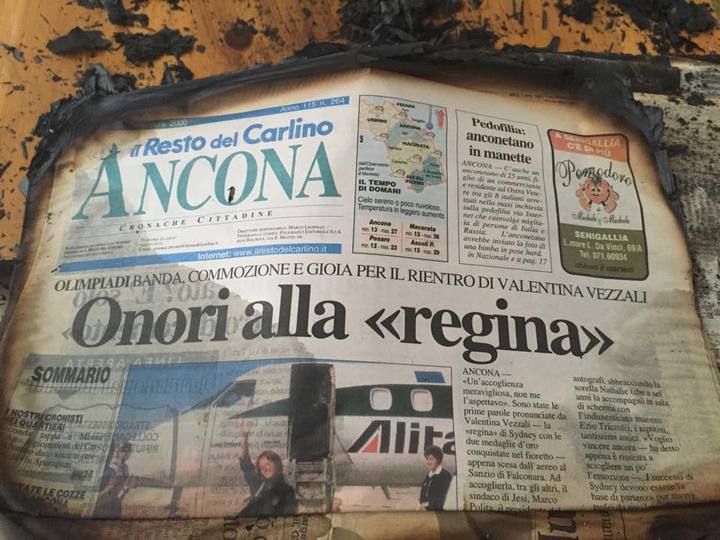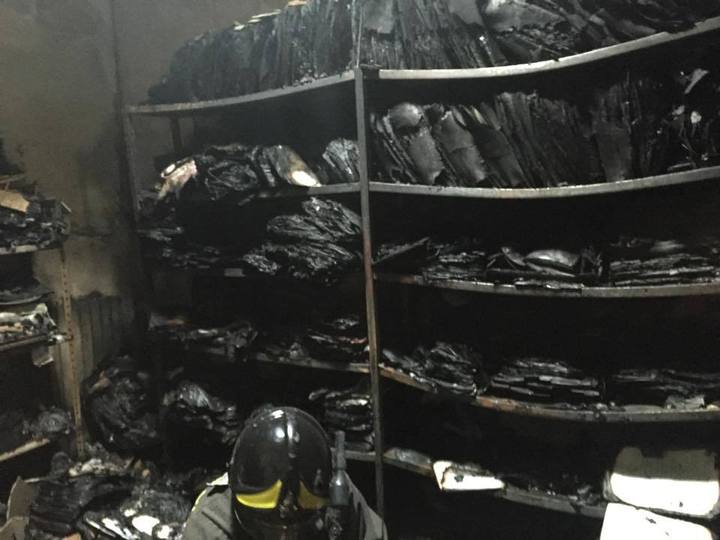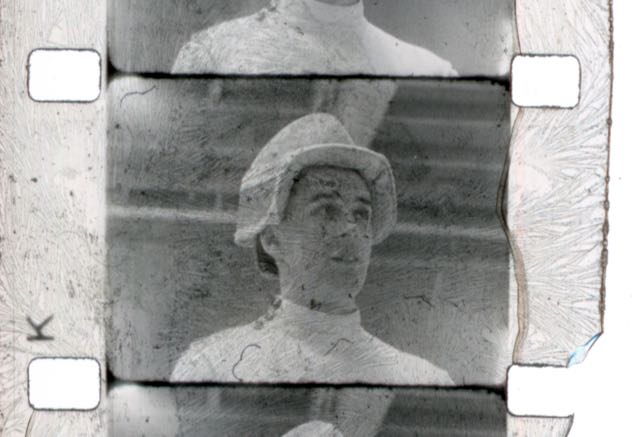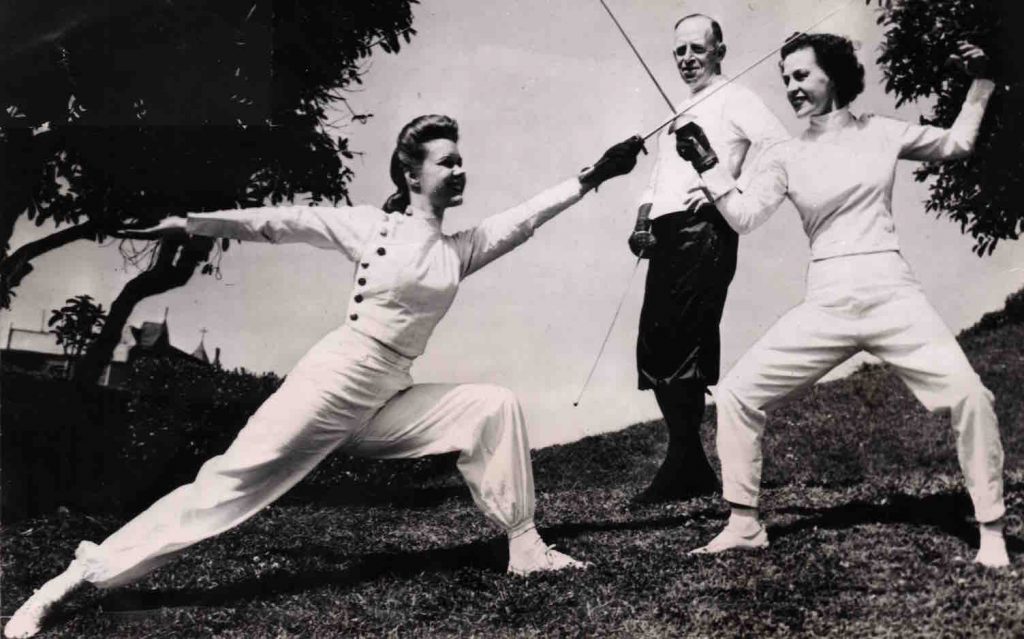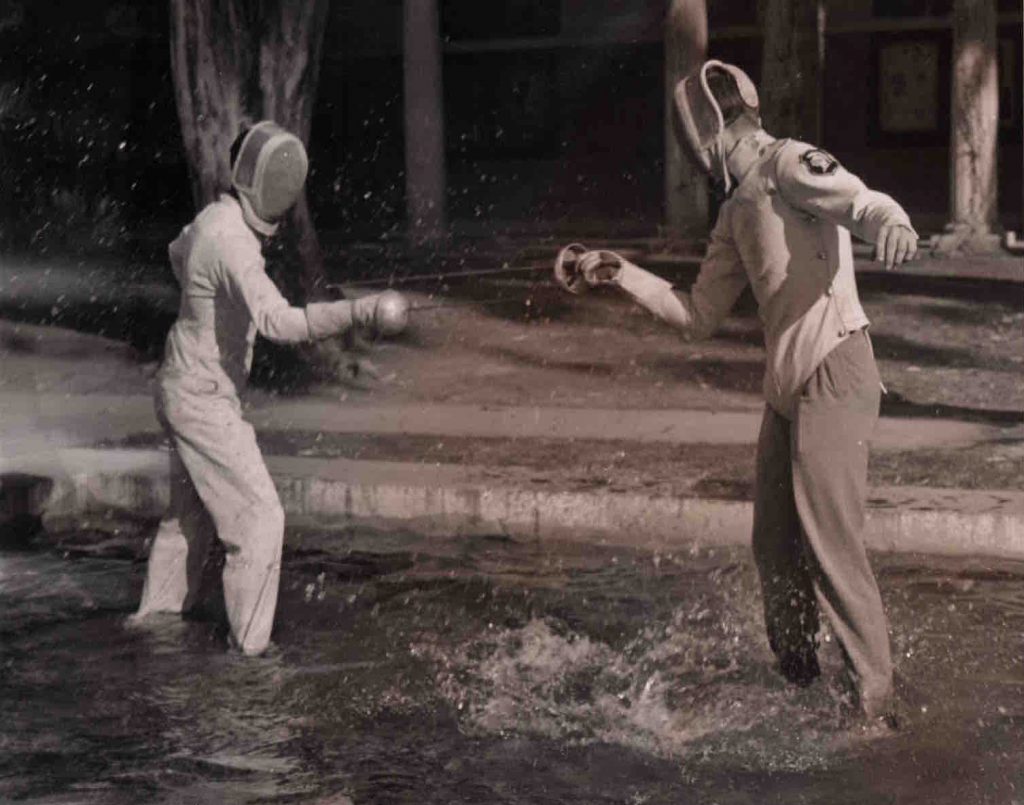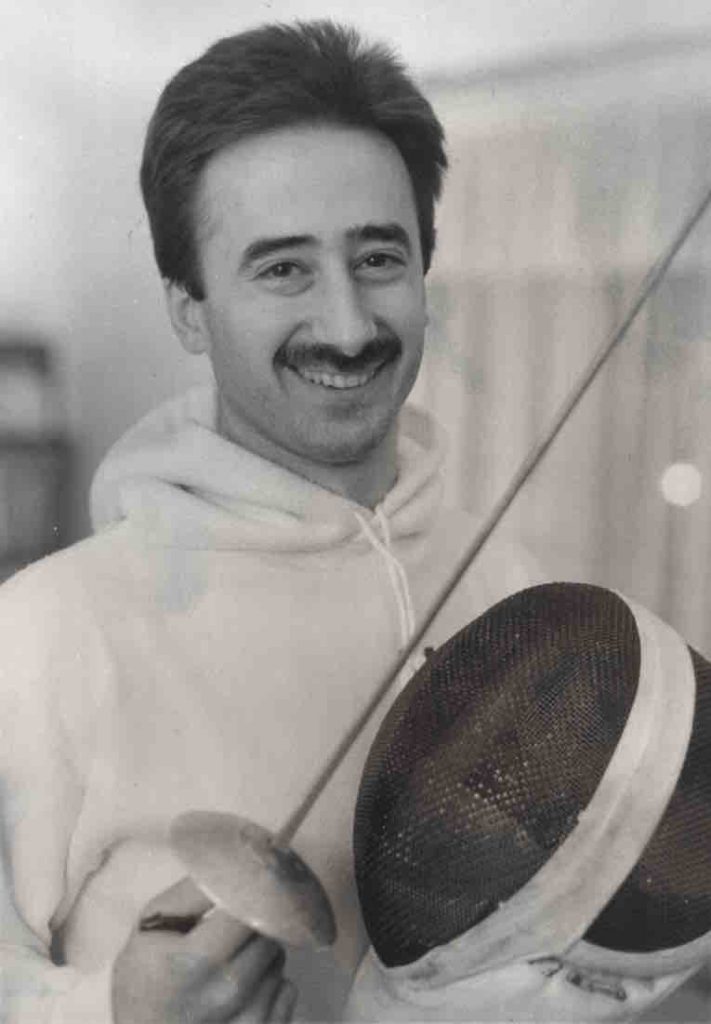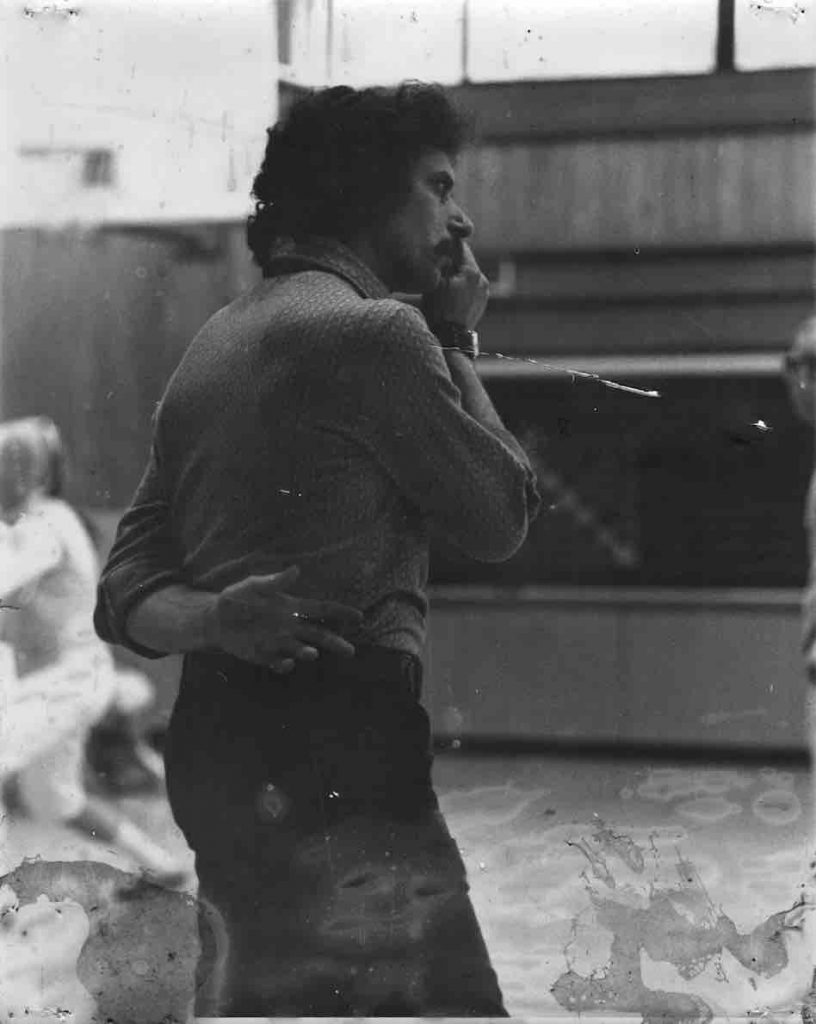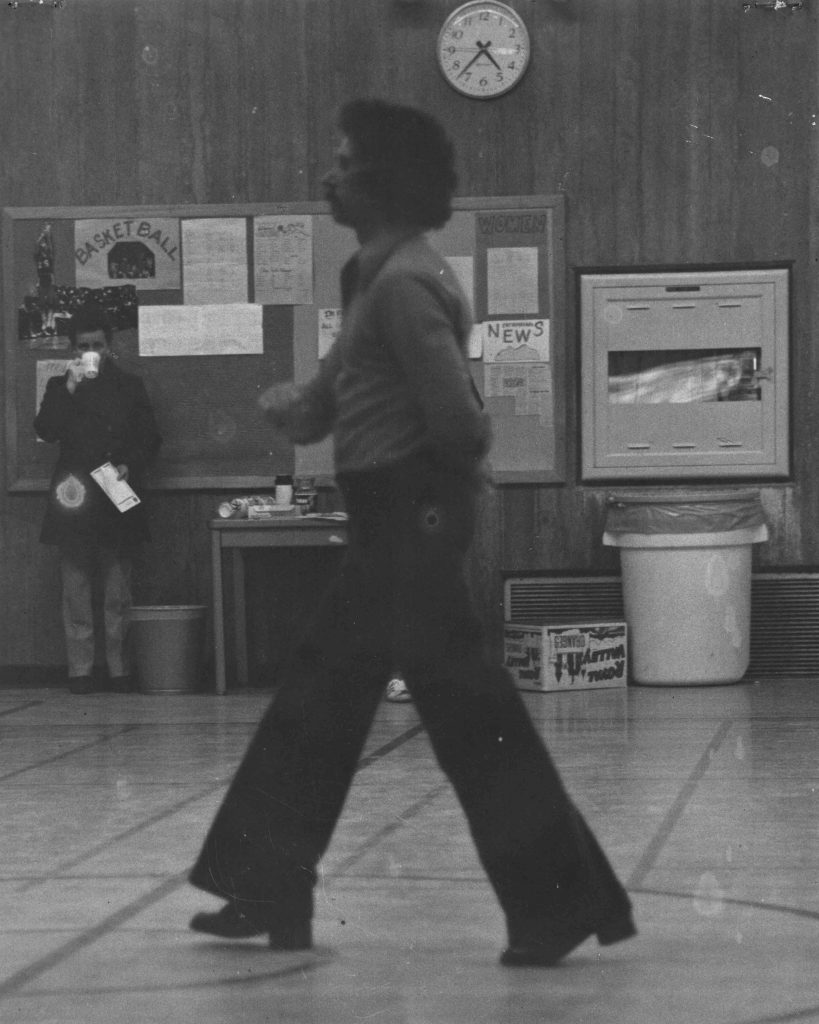Random Stuff
Trying out still more page formatsJust A Standard Page
Nunc et vestibulum velit. Suspendisse euismod eros vel urna bibendum gravida. Phasellus et metus nec dui ornare molestie. In consequat urna sed tincidunt euismod. Praesent non pharetra arcu, at tincidunt sapien. Nullam lobortis ultricies bibendum. Duis elit leo, porta vel nisl in, ullamcorper scelerisque velit. Fusce volutpat purus dolor, vel pulvinar dui porttitor sed. Phasellus ac odio eu quam varius elementum sit amet euismod justo. Sed sit amet blandit ipsum, et consectetur libero. Integer convallis at metus quis molestie. Morbi vitae odio ut ante molestie scelerisque. Aliquam erat volutpat. Vivamus dignissim fringilla semper. Aliquam imperdiet dui a purus pellentesque, non ornare ipsum blandit. Sed imperdiet elit in quam egestas lacinia nec sit amet dui. Cras malesuada tincidunt ante, in luctus tellus hendrerit at. Duis massa mauris, bibendum a mollis a, laoreet quis elit. Nulla pulvinar vestibulum est, in viverra nisi malesuada vel. Nam ut ipsum quis est faucibus mattis eu ut turpis. Lorem ipsum dolor sit amet, consectetur adipiscing elit. Maecenas nunc felis, venenatis in fringilla vel, tempus in turpis. Mauris aliquam dictum dolor at varius. Fusce sed vestibulum metus. Vestibulum dictum ultrices nulla sit amet fermentum.
The Rusty Foils of Salvatore Giambra
A little over a year ago, I had a wonderful introduction to San Francisco’s Olympic Club and the club’s historian, facilitated by a couple of OC members, Chuck Lucasey and David Wessel. They are trying to re-emphasize fencing at the OC and asked me to lunch to help them get some of the club’s fencing background together for an article. (I hope I helped them.) The Olympic Club has a long history in the sport and once gave a great deal of support to competitors, while also providing a venue for competitions. Support began to wane around the time of Hans Halberstadt’s death in 1966 and hasn’t regained its former station. Yet. Here’s hoping Chuck & David are successful in their ongoing efforts.
After the lunch, I was introduced to the Archivist for the Olympic Club, Jessica Smith. She brought along some scrapbooks and memorabilia from her collection outlining some of the historical highpoints of fencing history at the OC. Great stuff. Also at the meeting, she mentioned that she was in communication with the daughter of a long-time OC fencer, one Salvatore “Sal” Giambra, who was planning to donate material from her family to the club.
Many moons go by.
A couple of months ago, I received an invite from Jessica to come to the OC to view the bequest of the Giambra family to the Olympic Club. Salvatore Giambra was an excellent fencer who got his start in the 1930s at Unione Sportiva Italiana. His first coach, as with so many other San Franciscans of Italian descent from that time period, was Maestro (and later Glovemaker to the Stars, or at least to the Knowledgeable Fencer) Eduardo Visconti. Visconti retired from coaching when the club was shuttered just prior to the outbreak of World War 2, so Sal, as he was known, transferred his membership to the Olympic Club and began lessons with Hans Halberstadt. Hans had opened the Halberstadt Club in 1941 and taught there and at the OC from 1942 until the early 1960s (I believe. Still trying to confirm the actual end date for Hans at the OC). Sal was many times the Pacific Coast Sabre Champion, won the Halberstadt Sabre competition five times, including the premiere edition in 1947, and served as the Team Captain for the US Fencing Team at the 1948 London Olympic Games.
The 1960 version of the annual invite for the Halberstadt Sabre, listing all previous winners. Bless you, Hans Halberstadt, for keeping this record. Sal Giambra took home first prize five times. And first prize was worth taking home. Wait & see.
Sal also served as the on-film partner to Helene Mayer in a movie made at UC Berkeley which, if you have 11 minutes, may be seen here:
https://collections.ushmm.org/search/catalog/irn561067
Sal shows up in the Halberstadt Scrapbooks frequently, both in photos and news articles about this or that local event. He usually would wind up on the podium, irrespective of what weapon happened to be to the fore on any given day.
The earliest mention I can find of Sal Giambra winning a fencing tournament. This clipping is from 1941. Interestingly, his opponent in the fence-off is Alfred Snyder, who is on my list for historic exploration. Snyder was a Stanford fencer, won the US National Foil title in 1944 and is the only one-armed US National Fencing Champion. His story is for another day.
A 1952 photo of Sal Giambra, far right. Also pictured are Daniel De La O, left, and Sal’s brother Frank Giambra. This photo shows them all ready to fence at the Halberstadt salle.
Fast forward once again. I was contacted by Salvatore Giambra’s daughter, to whom I had been introduced by Jessica at the OC. The OC had taken all of Sal’s fencing memorabilia that they had space for, but there was some more material in a storage unit that needed a home. And was I interested in it. My answer, as you may imagine if you’ve been following this space for longer than a minute, was a resounding “Yes!” Sight unseen – my favorite kind of collection!
Jessica, Gina Giambra and I met at the Giambra storage unit. Meeting Gina was such a treat. I think she was very happy to know that I was aware of her father’s history as a fencer, and to know that the rest of his fencing memorabilia was going to a place, as with the OC, where it would be appreciated.
The Rack. Sal likely made this sword rack himself. Room for 8 weapons!
As Gina opened up the storage unit, right in front sat a rack full of swords so I knew we were in the right place. Two sabres, two electric epees, two Italian foils – one electric, one standard – and a standard French foil. Something for everyone! Plus gloves, an epee sleeve, two masks and a metal box for small bits & pieces. The electric epees were intriguing. Sal was an electrical engineer and had spent some time working on a new wiring system for fencing epee with a scoring machine. I believe – someone correct me if I’m wrong on this – that his guard socket and wiring were his own design. Take a look.
The Giambra guard socket? Anybody ever seen anything like this?
The socket looks like a fairly standard (for the time) electrical plug. Three prongs, as it should be, and the bodycord plug screws into the threads on the socket ring. It’s certainly not going to fall out and is less cumbersome than what we’re still using today. At least, it seems to be a slightly smaller footprint. I haven’t plugged one in to a machine yet to see if it will still work. I am curious, though. I’ll try to remember to give that a shot and see if I don’t electrocute myself. But there was another fun feature:
That’s right! Pineapple tip! On an epee, no less. I’ve seen them for foils, but didn’t know they were also the standard for epee. How long did that last?
Who would want to get hit by that? Ok, the truth is, it’s better than the earlier alternative. Prior to this tip and electric scoring, back in the day (before 1936, although non-electric tournaments for epee continued long after) there was the point d’arret, which could be described as a three-pronged life shortener. The interim electric point, the one just after the point d’arret and prior to the above, had four shorter prongs extruding from the end of the plunger tip. It could hook onto a jacket almost as well as the point d’arret. I have some examples of this that I’m tempted to wire onto a new epee blade and try out – with an old jacket. It looks capable of doing a fair bit of damage. Comparatively, the pineapple tip above seems almost harmless.
In addition to the sword rack, there was a fencing bag with a few weapons, a plaque reading “S. P. Giambra” and a large bundle wrapped in cardboard and butcher paper, tied together with that old type of twine that probably isn’t made anymore. It was neatly done. I half expected to find a long, thin Maltese falcon inside. And while what was inside is maybe not as valuable in terms of encrusted gems, what I discovered was still pretty spectacular from where I’m sitting.
The initial un-wrap.
I don’t know who the “Fredricksen” might be whose name was written on the box I found inside the package. Another mystery unsolved. But there was some pretty fascinating stuff to see. A fair number of blades. Mostly sabre and epee. One unopened package of blades from a famous New York based weapons dealer, as seen here:
Blades from Santelli, still in their original package. I haven’t opened it. I’m not sure I ever will.
The date on the postmark is Jan. 7. 1958. Before I was born (though not by much) but near the end of Salvatore Giambra’s competitive years. I can only assume he ordered the blades thinking he might need them, then found that he was no longer fencing enough to warrant unwrapping the package. So I don’t know if they’re foil, epee or sabre blade. Wired? Unwired? Ah, a mystery. I think I’ll leave it as it is.
In addition to the bundle of Santelli blades, there were a number of loose blades, some epee bodycords all of the Giambra design, and a decorative, engraved sabre. And a saw. You know, like, a saw. For cutting wood. Why? Who knows?
The sabre, not the saw. I’m not including a picture of the saw. I mean, it’s a saw.
Now, I’ve been teasing the big reveal in a couple of the pictures above. Did you notice? The shiny silver sabres? Not to mention the reference to the 5 Halberstadt Sabre victories?
Ok, a little backstory. Hans Halberstadt, he that was the founder of the still going strong Halberstadt Fencers Club of San Francisco, in addition to teaching the sport, also sold fencing equipment out of the basement of his salle/home. Beginning in 1947, he hosted an annual sabre competition, the Halberstadt Sabre Tournament. First prize was a chrome-plated sabre that he would dress up with engraved plates and other cool touches. Each year was different than the last. I’ve seen quite a number of them. The Halberstadt club has 1952, won by Sewall “Skip” Shurtz. Dan Magay still has the three that he won in 1957, 1958 and 1964. Charlie Selberg had one that is now in The Archive collection, although I have no idea how he came by it. The Olympic Club has one, given to them by Gina Giambra. So of the five that Sal won, the Olympic Club has one – and The Archive now has the other four. They were all in the wrapped package of ‘rusty foil blades’ that were stashed in the Giambra storage unit.
Not a great photographic composition, but you can at least get a good look at the four sabres.
Like I said, they’re all different, and they’re all super cool. But I don’t think any are quite as cool as the very first one from 1947:
The 1947 Halberstadt Sabre trophy.
I believe it’s the only one with the winner’s name engraved on it, but there are still a few I haven’t seen. The crossed blades on the Halberstadt logo are raised off the face of the plaque. Here’s a better view:
Is that super cool, or what?
The guard is chrome plated as mentioned above, so still super shiny. Now, did Hans do all this work himself, or did he send some of it out? I’d assume he didn’t do the engraving, but there’s some pretty custom work here. The engraved plaques have to not only bend around the guard, but also conform to the shape of the guard’s curve. And I assume they’re riveted into the guard, but I haven’t looked at the inside to see. Silly me. I should look. Here’s another:
The 1953 Halberstadt Sabre trophy. I mean, really. Were medals like the one at the top of the guard easier to make back then? Why can’t we have nice things anymore?
Hans passed away in 1966 and the tournament was last held in that year. I know the names of almost all of the winners, but there is one that I’m uncertain of. Helmuth Resch, a member of the Austrian Olympic team, won in 1961. Gerard Biagini in 1962, making him a 4-time winner. Dan Magay won again in 1964, bringing his total to 3 victories. Jack Baker, 1965. Someone named Bouchee from Detroit won the last in 1966, so 1963 is the only one I have no record of. What I don’t know is whether Hans was able to continue the tradition of awarding one of these stellar sabres as a trophy right up to the end. It seems pretty likely; Dan has one for all three of his victories, so they were around at least until 1964. Regardless, I feel pretty good that, of the twenty years the tournament was fenced, I’ve held 10 of the sabres and 5 reside in The Archive collection.
I owe a huge debt of gratitude to Gina Giambra and to Jessica Smith of the Olympic Club. I haven’t yet put Sal’s sabres out in my display cases at the West Berkeley Fencing Club, where I’m based. But I hope to, and soon.
Let’s wrap up with a final picture of Salvatore Giambra and some friends. This one is from 1951.
L-R: Salvatore Giambra, Gerard Biagini, Hans Halberstadt holding the Greco trophy, unknown and Frank Giambra.
And all of this comes about thanks to the lunch I was fortunate to share with Chuck Lucasey and David Wessel, current Olympic Club members. I owe you guys. Hey, invite me back! I’ll buy!
My Heroes are all Women, Part Two
Having not one, but two, Helene Mayer trophies land in The Archive recently seems to have been a precursor to a small ‘golden age’ of incoming H. Mayer material that I can’t explain in any way that I can explain, but I’m happy for the good fortune.
But before I make an attempt at explanation, let me bemoan one of the issues that plagues me as an essentially self-taught archivist and preservationist. An essential task in collecting this material for the last five and a half years is the maintenance of some semblance of order to it all, so that if I get hit by a bus tomorrow, someone else might be able to come in and make sense of what I’ve done by way of organizing the collection. The challenge herein is that while I’ve fairly carefully laid out the digital collection in a comprehensible fashion, I have not done as well with the physical collection. Most anyone could sit down at my computer and figure out who’s where. The physical collection? Not so much. I need to inventory everything and build a spreadsheet or a database so that I can rest more easily. It’s a daunting task though, and I haven’t yet figured out exactly how to approach it.
One day recently, while looking through some material in the collection and trying to get my head around various approaches to documenting the collection, I ran across some papers that I hadn’t looked at for some time. It was a box given to The Archive by Harold Hayes, and whenever it was that I had last looked through it, a particular element had entirely escaped me. The items in question were three xerox sheets of photographs. They might even have been faxes. Here’s the first:
The quality of the images was poor; stark black and white with no tonality. However poor, it wasn’t impossible to make out that I was looking at photos of Helene Mayer. Now, there are a whole lot of photos of Helene Mayer out there on the internet and I’ve collected a handful of rarities myself. The thing is, several photos images on these sheets were pictures I hadn’t seen before. Similar ones, yes. But not the same.
The caption here reads, “H. Mayer at Mills College – showing off all the sports offered at Mills – and look who is dominating the scene!”
More important of all, there was a hand-written note on the bottom of one of the last page.
The note wasn’t cryptic in any way, but it was like a lightning bolt to my system.
The third sheet. At top right, an alternate of a photo I had seen before as it graces the walls of the Halberstadt Fencers Club. The one at the club looks like this:
As you can see, it’s from the same session as the photo, top right on the image just above, which includes names identifying the subjects. From left to right, in both photos, Salvatore Giambra, Emily Romaine, Hans Halberstadt, Helene Mayer and Bunny Fratessa. Emily Romaine’s husband was a San Francisco based photographer and likely took all these photos, with the Halberstadt club serving as the backdrop. Sal Giambra started fencing at the Italian athletic club in SF, the Unione Sportiva Italiana, and was Captain of the 1948 US Olympic Team. Bunny Fratessa shows up frequently in photos and news articles in the 1940s, but I know little else about her.
The most important caption on the Xerox sheets comes at the bottom of the third sheet. “I have scads more negatives of photos like this – they reproduce enlarged very well,” it says. Scads. Scads! Of negatives. Of Helene Mayer. I could hardly credit it, but Harold doesn’t comport himself with folks that would make light of such a topic, so I had to believe that somewhere along the line, Harold knew someone that possessed scads of Helene Mayer pictures. How many is scads? To me, scads is a whole lot.
What could I do? I called Harold. Didn’t get him on the phone, but I left a detailed voicemail with an emphasis on the word “scads” and waited for a return call. And it came pretty quickly. Yes, he thought he remembered who had sent him those pages and that note. He was sure he’d be able to put me in touch. Yay! Scads!
Not long after I had a phone number, a conversation, an address and an appointment. Quick work! I was going to meet Kristen Harber, a fencer I’d seen a few times at tournaments back in the day at some point, but did not know well. The story goes that at some point many years back, she became acquainted with Mary Huddleson, fencer, friend of Helene Mayer and onetime editor of American Fencing Magazine. During a visit, Mary shared with Kristen a photo album of Helene’s and other fencing pictures. Kristen, quick-thinking, heroic, camera-owning Kristen, asked if she might be allowed to take photos of the scrapbook and other pictures. Mary didn’t mind, and Kristen photographed the material.
Kristen is an artist – a painter – and had faithfully kept safe this impressive cache of photographic memorabilia for over twenty years. And it is a very impressive collection of photos. Helene at just about every phase of her life, along with Hans Halberstadt, Helene’s clubmate from Offenbach and other members of the fencing collective in San Francisco. Maxine Mitchell is in a few shots. Pictures from an early Helene Mayer Memorial competition. And the Helene pictures, good gravy, she’s everywhere! Helene skiing, Helene skating, Helene teaching, Helene fencing – on a boat, on a tennis court, in a pavilion. Awesome stuff. Here are some samples:
A young Helene on skis
A slightly older Helene on skates
Helene at the height of her powers in 1936, age 26. On a tennis court.
While not all Helene Mayer, and including some duplicates, there are over 400 images in Kristen’s collection. It’s a very impressive set of images and I’m thrilled that Kristen was willing to share them with The Archive. She has shared them before. Authors and filmmakers have sought her out to make use of some of the photos in the past. Due to the range of years covered, it isn’t surprising. These are images of Helene outside the common ones you typically see come up in a Google search.
So now I’ve been able to both gather in digital version of these pictures and have also made a new friend. Kristen has carefully maintained these photos and negatives in terrific shape and her generosity makes her an undisputed hero in my book. Sharing things like this among those who recognize the importance of maintaining a record of the people, the unique characters, that make up the fencing world is the principle this Archive was founded upon. I’m so thrilled to know that this material is out in the world and safe, and it gives me hope to look for the next piece of the puzzle. And there’s always going to be another piece.
And that’s good.
My Heroes are all Women, Part One
With apologies to the Marvel Universe, I’ve recently been schooled in what I perceive to be heroic. Now, this is all colored by what I do for a living – which has full crossover functionality with what I do for fun. Job description goes like this: I track down and attempt to understand fencing history and memorabilia. Call it work for the sake of a practical definition, but it feels like entertainment. Is that why I’m writing this on a Sunday?
No matter.
I’ve had two brain-melting events in the last few weeks that have left me in a state of awe that I could really be so lucky. To many, it might be tough to understand how I can get such a thrill out of the circumstances that have arisen. I’ve heard it before. After all, I collect Scrappy memorabilia. I could (but won’t) go on and on about Scrappy. Let’s just say there aren’t a whole lot of Scrappy collectors out there. If you don’t know who he is, think of him as Mickey Mouse’s human cousin that also starred in cartoons, except they were universally awful and hardly anyone remembers them. For good reason. There are, surprisingly, many more people in the world collecting fencing memorabilia. Of course, I’m not collecting for collecting sake (mostly) but in service to the Fencing Archive I co-founded a little over 5 years ago. We collect, interpret/understand and disseminate our findings. Slowly, perhaps, but we’ve made progress.
So now to the point of all this, and Incident Number One. (Number two will be revealed in Part Two.) In a recent post I wrote about trophies, whereabouts unknown. I’d done a fair bit of homework on the topic, but I was also putting up information that was solely from my own perspective. After all, I’ve been asking around and the ones I wrote about hadn’t been uncovered.
Enter, Hero #1. Kathy Krusen, the Secretary of the Halberstadt Fencers Club in San Francisco, former Slug (that’s a term of endearment if you’re a graduate of the University of California, Santa Cruz) and long-time friend. Kathy and I have worked together on a couple of projects for The Archive already, which mostly take the form of me borrowing something from her club and returning it after scanning. The big item was her allowing me to scan the entirety of the Halberstadt Scrapbooks. In return, I gave her a copy of my digital files so that both my Archive and Halberstadt have a set of those scans. Win/win. As a form of payment, although really I proceed on more of a barter system, I’m also working on a new project to get some more pictures of Hans Halberstadt into her hands so that they can be hung up on the walls of the club. With all the various photos I have of that club during different periods of time, it’s clear that a lot of photos that once graced the walls when Hans was alive have since taken a powder. They’ve beat feet. They ain’t there no more. So, while I can’t replace all the gone items, I can put up some nice stand-ins that will be worthy additions to the photos that have survived all the long years and remain on the walls today.
That’s an ongoing project.
While discussing this with Kathy at a recent coaching clinic we both attended, I remembered something I wanted to ask her about.
Backstory:
In 1982, I helped run the Pacific Coast Championships at Cabrillo College in Aptos, CA, on the Monterey Bay. Lovely spot. At the end of the weekend, we were awarding the Women’s Foil Championship trophies and medals. Connie Louie (Handleman) had won the event for the second year in a row. Fred Thorsen, the then-president of American Fencers Supply, had given us a cache of excellent trophy swords to award in addition to the medals. The Women’s Foil winner was also to receive the perpetual trophy, a foil once owned/used by Helene Mayer, the World and Olympic champion who lived in the Bay Area for almost 20 years. Her foil had been mounted on a big board, roughly the size and shape of Roman legionnaire’s shield. Maybe I exaggerate slightly. Regardless, it was big – and it was covered in red velvet. In truth, it was kinda hideous. Connie had kept it for the year and brought it back like a champion to put it up for the next winner – but she won again. And didn’t want to take the hideous red velvet board, Helene Mayer sword or no, back home again. Having no better idea of what to do with it, it went home with me, was stashed in a back bedroom and promptly forgotten about. Fast forward a few years, and I realized that the me of that time, late 80s, early 90s, had no right to hold onto the thing. Having no better idea, I took it to Matthew Porter, who had taken over American Fencers Supply, and gave it to him. To my delight, he had Craig Cummings fashion a new board for the sword, it was remounted beautifully, and Matthew kept it around the shop for a few years. At some point, Matthew realized as I did that he didn’t really have reason to keep it. Plus, the Pacific Coast Championships were no longer being held, so he passed it off to Kathy at Halberstadt.
This last tidbit of information wasn’t known to me until the last time I saw Matthew. For those that don’t know, the home of Matthew and his wife was lost a couple summers back to the Lake Fire that devastated parts of Northern California. I asked Matthew if the Helene Mayer trophy had been one of the many losses to that fire, but he informed me that, no, he’d passed that off to Kathy.
So, back up to the present. At the coaching clinic, I asked Kathy if she still had the Helene Mayer sword. She thought about it for a second, then said, “No, I don’t think so. That doesn’t really ring a bell. What I do have is the old Helene Mayer Memorial trophy.”
(Pause for effect….)
“I think your Archive should have that.”
Now, I’ve never won the lottery before, but I think I now know what that must feel like. Because that very trophy was one of the ones mentioned – by me – as long missing. Kathy, and husband Randall, had it in their basement. Really, I can’t begin to express how happy I was to learn: a) it was safe & sound and b) that I might be able to put it on display. Kathy checked on it that evening, and Randall sent me this via text:
Above: the Helene Mayer Memorial Competition Perpetual Trophy, the former Pacific Coast Championships Women’s Foil Perpetual Trophy on its Improved Board and a nice b&w photo of Helene that I’d never seen before. (The other photo of Helene is the cover of a self-published book I put together as a writing exercise and have at my club for patrons to peruse.)
All this came as a donation by Kathy to The Archive. I’ve put it on display at my club, which also houses the physical collection of the Archive, West Berkeley Fencing Club. Drop in, during regular business hours and check it out! To some, it appears as something of a shrine to Helene Mayer. And really, I can’t argue with the assessment.
The foil is about like I remember it. It’s a beat up, old, sweat-stained Italian foil of the type Helene Mayer used her entire career – which only makes sense, since it’s hers. The thumb pad, a thin and brittle affair after all these years, has cracked in half. The guard is bent at the top & bottom and looks to have been done on purpose. Not sure what that might be about. Accident? Like a brick was resting on it? Or an artistic statement? I had a bent bumper on my Ford Explorer I never got fixed once I realized I could always spot my car in a parking lot full of other Ford Explorers. Maybe that’s the way she liked her guards. The one thing missing from the board, and I believe they were on the red velvet monstrosity, are engraved plaques with the names of PCC winners. And, if my memory serves, there was also a plaque that said who had donated it. Now, I believe it was the late Demi Huddleson, she of the long-time editorship of American Fencing Magazine, but I can’t be certain. I’ll have to ping Craig Cummings and ask if he remembers. I’m also trying to decide if I should go back through some old magazines and put a new set of plaques on there for past winners. I know this wasn’t a trophy for more than about 10 years, and maybe less. But I could really go to town and put every past PCC winner on there. I mean, why skimp? It won’t be as it once was, but then, it already isn’t, if you take my meaning. And since the Pacific Coast Championships is no longer contested in this space/time continuum, there won’t be any new winners. Something to stew over. Opinions welcome.
Tommy Angell, left, and Mary Huddleson holding the Helene Mayer Memorial Perpetual Trophy in 1954. The smaller give-away trophies are on the table.
The Helene Mayer Memorial Trophy is an absolute masterpiece. It’s got a nice art deco feel, it’s heavy as heck, and the box that it rests in has a carved motif on the face that matches the motif on the cup itself. The trophy, along with some number of smaller cups that were given to the winners to keep for some number of years, was made in France and is nearly a foot and a half high. It is very, very cool. The box doors on the inside face have the top four finishers from every contest of the event from 1954, the first one, until 1985. So it’s a who’s who of West Coast women foilists. Plus, in the late 70’s the event became more of a national and international affair. The Japanese women’s team came for many years and there are women from all over the country listed, lots of Canadiennes and one German, whose presence at the tournament I personally remember vividly. Three-time individual World Champion and Olympic Silver medalist in 1984 (Gold in team) Cornelia Hanisch attended the Helene Mayer International (as it came to be known) in 1983. She was, at that time, two-time World Champion, and she was far and away the class of that event. I remember watching her “warm up”, which she did by sitting in the bleachers. Hanisch represented the Offenbach Fechtclub, the same club Helene Mayer had represented during her youth in Germany.
The Helene Mayer case at the Home o’ the Archive, West Berkeley Fencing Club
Like the Pacific Coast Championships, the Helene Mayer Memorial is no longer contested. It’s a sad loss to the region, as it was always a strong tournament, even when it was mostly a local affair. The first 6 times it was held, there were only two winners: Maxine Mitchell and Jan York Romary who, between them, held 14 National titles and 10 Olympic berths. They would come up from Los Angeles and battle it out. Maxine continued to come for many years, well into her 50s.
And so, now, these two stellar pieces of Helene Mayer history have come to rest at the West Coast Fencing Archive. And Kathy Krusen is Hero #1.
Next: Hero #2!
Nadi v Piller, 1931
It came, with only a minimum of delay, all the way from Italy. As I wrote in my last outing, I was awaiting the arrival of an Ebay purchase. This Ebay purchase:
I guess my earlier description of the cover was a bit off. The girl isn’t trying to kiss the guy here, just staring up with heartfelt concern as he looks away with that ‘for those who are about to die, we salute you’ sort of look that Italian actors pull off better than just about anybody. Has to be proximity to the Coliseum.
Anyway, that’s the outside. The reason it caused me interest was what was on the inside. Let’s start with the caption:
In Italian:
“Il match Nedo Nadi-Piller al Lirico di Milano. L’italiano, campione del mondo, ha battuto l’ungherese (16-12), campione d’Europa.”
And (thank you, Google Translate) in English:
“The Nedo Nadi-Piller match at the Lirico in Milan. The Italian, world champion, beat the Hungarian (16-12), champion of Europe.”
An interesting caption, given that Nedo Nadi hadn’t been World Champion since winning the Olympics in 1920. And Piller, winning both 1930 and 1931 “European Championships” was accorded the title of World Champion, as that is what the European Championship was, at that time. Nadi was, in fact, retired from active competition at this point. He traveled the professional fencing circuit as he chose – and whenever he wouldn’t run into his brother, Aldo. So how this match came about, I can’t imagine, but I remembered hearing about it only once before. The below is something I believe I’ve quoted before, but in a different context. This is from a 1948 edition of the West Coast fencing magazine of the day, “The Fencer”, which was published for about 3 years beginning in 1946. Aldo Nadi writes:
Now, a couple of things. Nadi was writing this in 1948, almost 20 years removed from the actual events, so I will forgive him a couple of mistakes. The first is referring to “the late Piller”. Piller was, in 1948, very much alive and coaching the Hungarians to a sweep of the 1948 Olympic Sabre events. Sadly, Petschauer had died in a concentration camp during WW2, so through a fault in memory or typography, Nadi transposed the two in the sentence. The second lapse, and this has to be accounted to Nadi’s poor recollection of the timing of events, he notes that Piller won the Olympics in 1932 (true) and was subsequently defeated by Nedo 16-12. That, based on the Italian magazine that arrived in the mail today, is an inaccuracy that lay squarely upon Aldo’s head.
The rest, that Nedo proved by defeating Piller a ‘superiority of class’ and that he, Aldo, would have mopped the floor with Piller (my interpretation), are claims that can’t be substantiated at this late date, nor are they, in my own opinion, supported by the available data. Now, anybody can lose any given fencing match, given relatively equal skill on the part of the participants, right? And both Nadis, in 1931, were excellent fencers, but not fit to hold up to the rigors of the all-day strain of a championship-level competition. Give them a match or two on any day and sure, they can hold their own for a bout. But Nedo was 11 years removed from the need to survive multiple pools and 20 or 25 bouts to win a championship, and that was never Aldo’s strength to begin with. So what am I saying here? Here’s the thing. On any given day, Aldo may well have beaten Piller or anyone else. But on any given day, he could have lost, too.
The other point, the ‘superiority of class’, well, I guess it all depends on your definition of the word, ‘class’. From all the research I’ve done into the life of George Piller, I’m confident in my opinion that he was a world class fencer, coach, and human being. From what I’ve learned of Aldo, my opinion is that he scores a 1.5/3.0 of those same traits.
Ok, anyway, so the point is, it wasn’t until I read the above about 2 years ago for the first time that I even knew Piller and Nedo had crossed swords. And finding confirmation or details of the match were impossible to track down. There is no record that I know of delineating wins & losses on the professional fencing circuit that ambled around Europe between The Wars. In my Archive collection I have one or two examples of handbills and programs outlining an evening of fencing entertainment, pitting this fencer against that with this or that weapon, but nothing to show the scores of said matches. Only by chance in finding articles like the one captured in this Italian magazine do I get any idea of who did or didn’t win the day.
So buying this magazine, sight unseen, with only the Ebay description to judge from, was a bit of a leap of faith that I might find pertinent information confirming the truth of Aldo’s writings from 1948. Based on the shipping details, I should have had this in my mailbox about 4 days ago, but it finally arrived this morning. And, lo! What treasure do I find between the pages? Gaze upon the sole item of reference:
That’s it! No accompanying article, no other photo, no other anything. But! And that’s a big but! I have this. Piller on the left, Nadi on the right, with a score confirming at least part of Aldo Nadi’s memory of the event. I can only assume he’s in the crowd somewhere.
It’s not a large photo, buried as it is on a page with many other events highlighted by a picture and caption. But there it is. Nedo Nadi, 11 years removed from International competition did, indeed, defeat reigning World Champion Piller Gyorgy at the Lirico di Milano, which looks like this:
I’m guessing they pretty well filled this place. This is after a remodel, but it’s basically the same layout. Not a bad venue, eh?
The Mirror of Sport, 1922
In French, “Le Miroir des Sports”. That’s the name of the old publication I picked up on Ebay recently. I have mad Ebay skilz. Have I mentioned? These “skills” lead to trouble, of course. The trouble is, I find stuff I can’t resist buying and I spend money. Hence, trouble. But this one? I can’t feel bad about this one. I’ve been perusing old papers like this ever since my Budapest trip when I picked up several old sports papers with fencing photos and stories. I caught the bug, so to speak. Not the one that had me shacked up and immobile in my hotel room for 6 days. That was a far, far different bug.
It seems that sports papers in Europe in the 1920s and 1930s were unafraid of losing readers when they chose to put up stories of fencing matches, amateur or professional. However, the covers of said papers are often less than explicit in determining what may await inside the pages in regards to fencing coverage. Just an all text article in a language I don’t speak? What I like are the covers with pictures, especially when I can parse the captions based on the players and the action that can be discerned from the photo. Still, sometimes the captions alone, with no pictures, are just too intriguing for me to pass up. As an example, I’m waiting on pins for a package to arrive from Italy. I have no idea what to expect. However, the Ebay headline had three key words strung together to entice someone just like me – just like the me I see in the mirror when I’m brushing my teeth. Because it only took three words to hook me.
They were, in order: Nedo, Nadi and Piller.
That’s it. In an Italian paper that looks like it focused on celebrity divorces. No pictures of what’s between the covers in regards to fencing, just a photo of a late 1920s actress looking to kiss a late 1920s actor who seems… distracted. No idea what’s going on with that photo.
But anyway, that’s a story for another day. It’s currently on the way from Italy to California, so I’ll just have to wait and see what’s in store.
This topic today is about something I already have in hand, with a printing date of Thursday, February 2, 1922. And while it isn’t about Nedo Nadi, it is about his younger brother. I don’t seem to be able to escape the gravitational pull of Aldo Nadi. Every time I think, “Ok, I don’t need to buy another bit of Aldo Nadi memorabilia”, I find something irresistible and I can’t help myself. That’s the case here. I mean, really, look at the cover of the paper I had to purchase and you’ll see why. It’s just great.
Famed French champion Lucien Gaudin on the left, famed Italian champion Aldo Nadi on the right, from the first of their three famous matches. This is the one Nadi writes about as to the foolishness of letting his ego get the better of him. A pre-bout agreement allowed touches to some amount of bicep to be counted as good touches. In foil. Gaudin made full use of this irregular target. Nadi was probably ignoring points headed toward his arm until remembering too late, “Aaah! That’s target tonight!” Something like that is what I imagine went on in Nadi’s mind. Only in Italian. And with cursing.
But look at Nadi’s guard here. It’s exactly what he describes in his masterful tome, “On Fencing”. A coiled spring, ready to strike, but completely loose and relaxed. There is YouTube footage of bits of this bout online. Not the whole thing, alas, but you get a sense of what the action was like by looking at it. Fortunately, this isn’t the only photo from the match in the paper. The center two-page spread has plenty of coverage from the match. Let’s look!
Gaudin is wearing the black pants, Nadi the white. Somebody stepped in close at the moment this photo was snapped. As the infight is about to begin, Nadi is smart enough, even in these pre-electric days, to move that back arm in and up close to cover some target. Nice little bit of inside work. Illegal I believe, even then. But hey.
The caption on this one is pretty thorough. Gaudin is making an off-balance (hey, it happens…) and ill-timed stop thrust into Nadi’s (probably second intention) preparation. The photo catches Nadi’s parry as he picks up the stop and scores with a riposte. What I really like is the action of Nadi’s back foot. But is he going forward or backward? If he was attacking when the stop came, he may be recovering forward as he parries. If he was stepping forward when the stop came out, he’s more likely mid-retreat as he picks up the blade with the parry. Either way, he’s clearly well balanced and prepared to score.
Any number of things could have happened here. The caption says that Aldo has attacked, (“Aldo Nadi est parti a fond sur une attaque”) but clearly things have otherwise gone awry. Nadi has stepped forward and closed the distance after getting parried according to the caption, and Gaudin looks ready to put his mask into Nadi’s solar plexus. But did they continue from here or stop due to the close distance? Hard to say from just a still.
This shot shows Nadi in full fleche mode and the caption states that he scores with the attack. I wonder if the gentleman in the tuxedo standing on the right and leaning back away from the action had to catch Nadi. The strip, at least from this angle, looks pretty narrow and it doesn’t look like there is very much room for Nadi to get past Gaudin without winding up in a spectator’s lap.
And finally:
Nadi gives Gaudin a nice kiss on the cheek – probably both cheeks – because that’s what you do. Of course, there is every possibility that, like other prizefighters of note, Nadi is attempting to remove Gaudin’s ear. Or maybe he’s whispering, “Next time, no bicep hits”, or something to that effect. But Gaudin won the flowers on this night in Nineteen and Twenty-Two, and that’s just the way it went.
Why can’t we get this kind of interest for fencing anymore? I mean, look at the crowd here. The area closest to the stage is packed with the folks who paid for seats and came out in their fancy evening wear. The next row up appears to be the standing room only area. It doesn’t look like they’re seated to me. And above – above – there is a full balcony. Assuming there was a similar seating arrangement on the camera’s side, there has to be several hundred people there, at the very least. And if you look at the wider shots above that are taken from a higher vantage point, there could be over a thousand folks on hand. And who knows, maybe there was a second balcony. Now this sort of event was a European thing, for sure. The US has never had the population of fencers to support this size of crowd. We’ll come out of the house for boxing and MMA. And for the inheritors of Hulk Hogan’s crown, you know we’ll turn up for a good wrasslin’ match. But the European crowd used to come out for fencing prize fights. It’s said that this all died out after WW2, but I wonder why? Money? Depressed economies? Did the evening wear all get lost at the cleaners? It seems like something people would have worked to recapture after the horror of war; a way to right the ship, get back on track, normalize life again. In many ways, all that happened. But this cultural phenomenon was left behind. I wonder why.
When the post delivers my Nedo Nadi/Piller magazine, I’ll write that one up, too. I hope it’s worth the wait. Stay tuned!
Stanford Fencing’s Mystery Woman
Well, this has been an adventure! As far as that goes, what isn’t? But in the present incarnation, adventuring has taking me on a tour of San Francisco Bay Area fencing history in preparation for a talk I’m going to give in a few weeks at Harold Hayes’ Pacific Fencing Club. Harold has a unique way of tossing mental puzzlers at me that always lead me to some new revelation about the history of the sport. Some of his questions informed my pursuit of information about George Piller for my now-complete documentary film on that subject, and he’s queried me on other topics that sent me off on some internet search or a library digging spree. His most recent challenge was to ask me if I’d ever considered giving a talk about the history of fencing in the Bay Area. Now, I won’t lie; I’d considered it – but never imagined anyone would sit still for such a talk. It’s in keeping with my background, as I was a Speech/Performing Arts minor in college, worked as a radio DJ for a few years and have given talks and presentations at animation schools as part of my previous career in cartoons. I can blab. Endlessly. But I’ve never given a talk about fencing history. So now, between Harold and I, we’ve come up with a date, he’s polling the sands for attendees, and I’ve put my nose to the grindstone to concoct what will hopefully be an enlightening and entertaining (using a broad definition of the term) presentation.
In the five years of running the West Coast Fencing Archive, I’ve come across many stories, some true, some not, and have been fortunate to have a great deal of ephemera pass before me. Some of these tangible manifestations of history have come to rest in the physical collection that I have been entrusted with. Playing connect the dots with stray bits of information from disparate sources has become de rigueur for me and keeps my days interesting. Pulling all these scraps and tidbits together into a cohesive narrative for presentation has been a fun challenge. It has certainly led me down some rabbit holes that have yielded fascinating historical details that I had been unaware of or, in some cases, had overlooked. I found one sheet of notes put together by Arthur Lane in the 1950s for a history (unfinished) that he had been working on regarding Bay Area fencing. In a list of people who had coached at San Francisco’s Olympic Club was the name Louis Rondelle. When I first read this a year or so ago, I didn’t really absorb the implications of his name on this list. Now that I’m putting together this talk, it has a great deal more import for me. Louis Rondelle taught in SF! Who knew? Or remembered? But hey, I don’t want to give away too much. If you’re in the area and can spare an hour in your afternoon on April 14th, I’ll be unveiling the whole talk at Pacific Fencing. I’ll put up a reminder as we get closer.
So, anyway, back to the point of all this. One of the threads I needed to pull on was the history of Stanford fencing. After all, they’ve been a part of the Bay Area fencing community for over 100 years without a break, so a little digging into the sport’s background at The Farm was a necessity.
Stanford has offered fencing as part of its sports curriculum since the doors of that venerable institution opened to students in 1891. I’ve been tracking down some visual evidence of old Stanford classes and have come across some entertaining and enlightening photos. One of the remarkable things about Stanford is how long the tenure of their coaches have been. They pretty much find people they like and stick with them. The first coach on record is Harry Maloney, starting in 1908. He taught several other sports in addition to fencing – tennis, rugby, soccer, among others – and was the administrator of all the minor sports. But by all accounts, he was a pretty decent hand at bringing people along in fencing. He seems to have turned down an invitation to coach at one Olympic Games to instead travel to Australia with the Cardinal tennis team, so he was both known and sought after in his time. He also was responsible for getting women’s fencing to be named an official intercollegiate sporting activity by co-sponsoring an annual tournament against Cal that started around 1911.
The 1916 Stanford Women’s Team, with Coach Maloney in the middle back. This was clearly the ‘fancy dress’ gear for the fencers, and not their competition uniform.
UC Berkeley offered the only college rivalry for a long time, although Stanford would also challenge the local private fencing clubs, notably that of The Olympic Club in San Francisco. Above all, the Stanford fencers, how to say this, looked like fencers. There are lots of old fencing photos taken around the US in the early 1900’s where the participants in a fencing match looked like anything but fencers. Hands and feet askew, “lunges” you’d never see in a manual of instruction, seemingly home fashioned fencing outfits with flourishes you and I would never dream of showing up in, and of course the ubiquitous and – to me, at least – ridiculous heart on the chest.
I don’t know what the woman above is kitted out for, but I hope it’s not a fencing match. I can but hope the artist was taking liberties with the facts. Heels?
Not Stanford. While the ladies may have been kitted out in skirts, that was a commonality throughout the fencing world at the time, and continued even into the late 1920’s. But in terms of their fencing, the Stanford folks seem to have been well taught. Maloney was kept busy, continuing to manage all the minor sports for around 20 years, as near as I can determine. In addition to coaching both the men and women’s classes and teams, he also taught his replacement. Elwyn Bugge was a Stanford grad turned fencing coach who held the position for 36 years.
By 1935, the ladies had moved from skirts to shorts. Perfect for those frequently balmy Palo Alto winter days.
Elwyn Bugge graduated from Stanford around 1926. In 1927, he was the assistant fencing instructor to Maloney, then took over the task full time the following year. He taught fencing at Stanford until 1964. Thirty-six years accounts for an awful lot of Cardinal fencers. Now, here’s where it starts getting intriguing, and why I titled this article as I did. Jean Helliwell took over for Elwyn Bugge in 1964 and Stanford’s own page of Fencing History makes a point of saying she was the first woman to be a fencing coach at Stanford.
If so, then who’s this lady?
The above photo is from 1962, but it’s not the first mention I’ve found about the Mysterious Mrs. Margaret Barr. In fact, she shows up in Gym Staff photos as early as 1937. Look, here she is:
That’s her, officer! Third from the left! In the description that accompanies this photo, most of these women are named in reference to the sport that they coach. Ok, every other woman in this photo is so named. Not our Mrs. Barr. Fencing is mentioned, but not in relation to any of the women pictured. This happens again (of course it does) in 1940:
Barr, standing in the middle, once again is listed as a member of the Women’s Gym Staff, but with no specific mention of her as a fencing coach. Or women’s fencing coach. Or a coach at all. Was she even drawing a paycheck? Is she the Stanford staff equivalent of Leonard Zelig or Harry Flashman? The only thing I have to go on is the first of her pictures above where she’s either instructing a young woman in foil or showing her to the exit. I lean toward the first explanation, since the caption clearly states that she is in fact, instructing. That’s fairly definitive.
However. And here’s the head scratcher. Barr is on the books at Stanford from at least 1937 until at least 1962, but the estimable John McDougall, my go-to voice of authority in many a puzzler due to his long standing long-standing, fenced at Stanford in the mid-1950s, and he’d never heard of Mrs. Margaret Barr, fencing coach or other. Maybe she taught the intro classes for female students? Have I asked John if the intro fencing classes were split men/women? (Note to self: Ask John if the intro fencing classes were split men/women.)
Here’s some visual evidence of the cross-over:
There’s young Mr. McDougall, standing second from left next to Coach Bugge in 1956, listed as an All-Star, no less. Good on ya, John!
But I remain mystified by the presence of Mrs. Barr who, for at least 25 years, was a presence on campus and seems to have instructed fencers in the art, but has left no, as yet, solid evidence as to her level of contribution to the sport. I’ll keep looking. I love a mystery. A visit to the Stanford library may be in the offing.
Stanford has, fortunately, continued to contribute to the population of Bay Area fencers and does so even now. They’ve had coaches of note for many years and are now one of the few remaining West Coast universities offering scholarships for student/athletes. That’s a sad turn of events – not for Stanford or its fencers – but in regards to the rest of the colleges and universities in California that have done away with scholarships, varsity programs, or have dropped fencing altogether.
That’s a story for another day and a personally painful one, as I competed against Stanford when I represented San Jose State – a school that in 1985 dropped its scholarship enhanced, varsity level, NCAA-winning, Olympian producing fencing program. But no judgement. (Judgement.) So, although as a Spartan it may pain me to type this, as a fencer and historian I feel compelled to acknowledge today’s reality:
Go Stanford.
My Idea of Treasure
Not the buried in the sand pirate-type I always dreamed of unearthing in the Southern California former orange-grove backyard where I grew up. My treasure hunting has been refined to a sharper focus that has proven no less fortunate to me than those who find spectacular Saxon hoards in Middlesex with a $60 metal detector. Possibly not as lucrative, but I’m just as happy since I don’t get taxed and I run the “museum” where the treasure comes to reside. I’m calling it a win for me.
In the present case, it’s a big win for the history of San Francisco fencing history. Great story. Let me tell it to you.
Marc LeRoux is a former Letterman fencer who knew Dr. William “Bill” O’Brien well.
“Mark LaRue” in 1986. His donation of this material is of tremendous value to The Archive and very much appreciated!
Dr. O’Brien was a fixture in San Francisco fencing from the mid-1930s, when he began under the tutelage of Maestro Erich Funke d’Egnuff, until his passing around the year 2000. (I don’t know the exact date, I’m afraid.) Dr.O passed on to Marc a stack of papers, a couple of folios of photographs and a scrapbook. Out of the sport and living up in Washington state, Marc recently began looking for a safe repository for the memorabilia that had been entrusted to him. Via Facebook, he contacted David Sinkkonen, who is the club Director at West Berkeley, wherein much of my Archive collection is housed. David, in turn, directed Marc my way with a, “Yes, as a matter of fact, I DO know a place where that material would be safe and appreciated.” Mere days after connecting us, a good-sized box arrived at my door, and lo! Another piece of the puzzle is filled in – and several new puzzles unlocked! Level achieved!
Allow me to describe the contents of the trove that I am fortunate to place in The Archive collection. There are nearly 100 loose photographs, ranging in date from the early ‘50s through the ‘80s. Many have names written on them – front or back – and can thus be easily identified. Others without written help are people I recognize, but there are quite a few where I’m at a loss. Some are of military personnel – the Letterman club was organized through the goodwill of the Letterman Hospital in the Presidio of San Francisco – and some are of Letterman fencing teams filled with unfamiliar faces. Dr. O shows up pretty regularly, but he’s often surrounded by folks I can’t put a name to. Still, the ones I can recognize make up the bulk of the collection. Here are some highlights!
A night of fencing at Halberstadt in 1954. No names on the back to ID either the fencers or the audience.
The 1955 Letterman Army Hospital Invitational. 1955 was the first year of electric foil fencing at the World Championships. It seems San Francisco hadn’t caught up quite yet.
That’s Duris DeJong of the LAAC, John McDougall during his Stanford years, and Al Lambert of the Berkeley Fencers Club in an undated photo. Mid-50’s.
Dated 1964, Bill O’Brien shakes the hand of Alex Orban at a tournament in Mexico City. The tournament is either the IPN or the JPN tournament. Can’t be entirely sure.
That’s how they rolled in 1970. Left to right, we have Steve Clavere, Charles Spencer, John Nonomura, Charles Miller and Jose Leiva.
Hey, color! From 1973, Wayne Johnson takes a foil lesson from Dr. O at the Letterman gym.
A 1976 fencing exhibition at Dominican College in San Rafael, CA, featuring, from left to right: Gerard Esponda, George Nonomura, Heik Hambarzumian, Dr. O’Brien, Asbed Kalfayan and Stuart Kaufman.
Another portion of the collection is made up of Dr. O’Brien’s collection of records regarding the competitive results of all Letterman Fencers from seasons 1977-78 through 1986-87. Each season is stapled in a bundle that is topped with the Northern California Division schedule for the season and backed with hand-written pages. Each page has a fencer’s name at the top, three columns across for Foil/Sabre/Epee, and down each column the name of the tournament entered and the result. He included tournaments fenced outside of the NorCal division and National events, as well. Clearly, he was paying attention.
Letterman fencers from the late 70’s will no doubt recognize all of these names. I recognize a whole bunch of them, myself.
How well did he track people? As an example, in the 78-79 season, I’ve just flipped to the page for Wayne Johnson, Letterman fencer and 1980 Olympian in epee. I find that Wayne was not only an A in epee, but a B in both foil and sabre. He fenced in 7 foil events and won gold and bronze medals once each and silver twice. In epee, he fenced 10 events, taking 1st three times, 2nd once, 3rd twice – including a large event in San Antonio with 63 competitors – took 6th at a National Squad Trial (this was in the world before circuit events – or NAC’s as you kids call them today) and 7th at the US Nationals out of 203 fencers. One can only assume that the lack of entries in any sabre events for the season speaks to a possible lazy streak in Wayne. Here’s what the rundown looked like for another Letterman standout:
Also in the packet is a running list of all the fencers, again broken into columns by weapon. 23 foil fencers, 10 sabre and 16 epee – but some folks are counted more than once if they fenced multiple weapons. And all that is just for the ‘789-’79 season. Ten years of this info!
In a former career, I worked in production management for animated films. The creative side of the job, apart from managing artists which has often been likened to herding cats, revolved around the creation of spreadsheets – usually in Excel – that had two requirements: they had to actually help you keep your work organized, and they needed to be reasonably comprehensible to other people. (If you made them too crazy, other departments would convince themselves that you were hiding something from them. Think everybody working in animation is jolly and fun? Guess again and keep your guard up. I digress.) If the spreadsheet didn’t fulfill those two requirements, it usually meant you were better off with a clipboard. Getting a pile of data like this ten year run of names and results makes my Excel muscles tingle with anticipation. I may have to turn all this info into something for some fun data-mining. I’ll enjoy it, if no one else will.
The last item in the collection is off-topic from the Letterman material, but no less interesting and it is…
…yes, one of my favorite things….
…a Scrapbook!
An example page of the newly acquired scrapbook. Lots and lots of data to mine.
Not just any scrapbook, a solid, packed, 139 pages of news clippings and articles from the Funke Fencing Academy, 1725 Washington Street, San Francisco, California. The book ranges from the mid-1930s through the mid-1940s. The history of how this book passed through hands to me is partly known and partly shrouded in mystery. Fortunately, there is a card from the early 1990s in book that gives me a clue. Apparently Heik Hambarzumian and a friend were shopping at an antique fair and came across this book and one other that were for sale. Needless to say, Heik snapped them up and – assumption – passed them along to Dr. O. The second book must have been (I have to ask Heik) the Funke Guestbook, which I have mentioned in previous posts, and have been fortunate to see and scan in its entirety.
I always find it interesting when articles I’m writing connect in some unexpected way from week to week. This time, the connective tissue is one Emily Romaine, mentioned several times in my most recent post. She and her husband had a photography studio in San Francisco, and I mentioned her as a teammate of Helene Mayer at Halberstadt. Well, it would seem that she began her fencing career with Erich Funke. Being both very photogenic and having a photographer for a husband, Emily is featured prominently in many of the newspaper articles that are pasted into the Funke Scrapbook.
A nice article from 1938 featuring Funke and Romaine, along with a claim of learning to fence in three easy lessons. How about that? I’m obviously over-thinking things.
For the Scrapbook itself, it’s a deep repository of information about San Francisco fencing in the late 30s and early 40s. Clearly, Maestro Funke, like Dr. O’Brien, kept excellent track of what was going on, particularly in regards to publicity, promotion and notice in the local newspapers.
A press release and invite to the 1938 Fencer’s Ball.
That’s Helene Mayer in silhouette and a news clipping of an exhibition advertisement.
All the main local papers of that period are represented. The San Francisco Chronicle, the Examiner and the Call all are mentioned in pencil notations as sources for articles and clippings. Sometimes it will be a notice of upcoming events – tournament, demonstrations and the like, or results from concluded competitions. There are several pages dedicated to the US Nationals when they were held on Treasure Island in the middle of the San Francisco Bay in 1939, the home of the Golden Gate International Exhibition which ran from 1939 to 1940.
Treasure Island was a happening place in the late 1930’s, but most of the expo buildings have long since been torn down.
Poster for the 1939 Expo.
In addition to the pages and pages of news articles, there are also some loose pages that have been left into the front page of the book. A stapled set of papers contain a couple of different passes from different years of Dr. O’Brien’s fencing resumes – or professional resumes – it’s a bit hard to tell what the intention was for these pages, as they are hand written. There is also a very interesting printed sheet describing an attempt in 1993 to establish the Presidio International Fencing Center. These 6 pages also include a brief history of the Letterman club. I haven’t read the whole thing yet. I’m curious about the PIFC, which might have remade the face of fencing in the city. It never got off the ground, but it’s another topic among so many to explore when the moment arises.
I am so grateful to Marc LeRoux for entrusting this legacy to the West Coast Fencing Archive. I’ve got an acid-free box on order for the scrapbook and have already slipped the photos into poly bags for safe keeping. (I use the same techniques you might apply to your copy of Fantastic Four #1, only for fencing pictures.) Now… there’s another interesting piece of history that Marc has sent my way which I am very excited to share. It will take a little time to prep for inclusion in a story here on the Archive Website, so I’ll save that another day. All will become clear.
Stay tuned!
Land of the Lost Trophy
I’ve been perusing the pages of “The California Fencer”, later just “The Fencer”, a West Coast publication that circulated for a few years following WW2 and prior to the start of the national American Fencer magazine. I’ve written about it before, but in short, Harold Hayes was gifted a complete bound edition from Arthur Lane and he was gracious enough to allow me to copy it in its entirety.
It’s fun reading. There are very lighthearted descriptions of the goings-on in the local club scene, and it seems that the small community of fencers in Nor Cal and So Cal appreciated one another enough not to use the bully pulpit to throw shade on other members. I don’t know if ‘let’s all get along’ translated to the strip on tournament day. I suppose it’s possible. It was a time of greater politeness, I do believe.
Anyway, my most recent run through has got me to wondering about some various and sundry tournament trophies that are frequently mentioned. Wonder, as in, “I wonder what became of that trophy?” I’ve thought along these lines before in relation to a specific trove of trophies that used to get redistributed most every year – the Pacific Coast Championship trophies. I know the location of one – the Men’s Team Epee, which is displayed proudly and safely at the East Bay Fencers Gym in Oakland. But that’s just one. What of the others? Having run the PCC’s in 1982, I know there were trophies for almost every event. There was even a Helene Mayer foil made into a trophy that was given annually as the top prize in Women’s Foil. (Sadly, it wasn’t very visually appealing at that time; just an Italian foil mounted on a red velvet-covered board with some brass plaques. I believe Craig Cummings eventually built a sweet housing for it. I also believe it was lost in a fire recently. I’d love to be wrong.)
The first two trophies I read about are both Nor Cal based and are fun oddities: The Romaine Trophy and the Heron Trophy. The Romaine Trophy was awarded to the winner of a 5-women team foil tournament, fenced over several weeks at whatever location was convenient for the participants. Likewise, the Heron Trophy was a 5-man foil team fenced wherever would work. The December 1946 version had the Romaine going to the Halberstadt women’s team (Helene Mayer rather guarantees a victory) and the Heron going to the Olympic Club. Fortunately the October edition has a description of the event and the team lineups. Here is the description:
“The Heron Trophy is one of the oldest competitions in the Northern California Division. Donated in 1928 by Mr. Flodden W. Heron it has been fought for every year since, the War notwithstanding, and has become something of a tradition. The nameplates on the Trophy are a real history and include nearly every big name in Northern California Fencing. Even Helene Mayer’s is there for the Eastbay Fencers’ Club in 1934. That was the last year in which women fenced in the same competitions with men…. The total number of bouts won by a team, rather than total meets, determines the winner. In the eighteen years of the Trophy’s history the Olympic Club has won twelve times, Stanford University three times, and the University of California, the Funke Fencing Academy, and the Eastbay Fencers’ Club once each.”
Unfortunately there is no similar write up for what the Romaine trophy was about and who donated it. I’d love to know a similar history, but all I have to go on is an ad like the below that I find often in the pages of the magazine:
I assume it’s the studio of Karl and Emilie Romaine, as a quick internet search landed me here:
http://www.luminous-lint.com/app/photographer/1_Romaine_Romaine/A/
Ok, that was a rabbit hole. Emilie Romaine is mentioned often in the magazine as a Halberstadt fencer, and in 1946 was a teammate of Helene Mayer’s for winning her (presumably) own trophy. Anyway, my guess is the Romaine’s sponsored the trophy as a women’s version of the Heron, but what year it began isn’t mentioned anywhere I’ve looked so far. Also haven’t come across a photo of either trophy, so I’ve no clue what to look for when my internal switch flips to ‘scavenger hunt’ mode.
But wait, there’s more!
San Francisco had the Funke Trophy for a Women’s Foil Team tournament, and the Funke Trophy for a Men’s 3-Weapon Team. Add another item for future rabbit-holing (is that a term yet, or did I just make it up?). In further reading of results, I find that Emilie Romaine was on the Halberstadt team with Helene Mayer that claimed the Funke Trophy in October ‘46. For both of these, I’ll have to dig further to find out when Erich Funke d’Egnuff began sponsoring these events. I have a fair bit of info on Maestro Funke, so perhaps there’s something to be learned by perusing old news clippings. If you’d like info more on Funke’s history, see:
http://westcoastfencingarchive.com/2016/04/11/hall-of-famer-erich-funke-degnuff/
Not to be outdone, Los Angeles had its own collection of named events. The Bowen Handicap Foil, the Cathcart Memorial Epee and the Duff Foils. The Cathcart was named after one Charles Cathcart, who was, according to one source, “a most beloved epee fencer” from So Cal. I find a 1939 mention of him in The Riposte magazine, which predates both The Fencer and AmFen magazines, but did not survive the War years and stopped publication in 1942. The Duff Foil is named for fencing coach, soldier and early auto racing enthusiast Captain John Duff, who I’ve written of previously. (http://westcoastfencingarchive.com/2015/06/15/a-man-without-fear/)
The Bowen Handicap is actually one I can account for. A quick google search led me to discover that the trophy was donated by Bill Gelnaw to Andy Shaw’s Museum of American Fencing. That’s a win for history! Thanks, Bill!
Next I found this little intriguing notice:
Now there’s something you don’t see much in fencing these days: a Sportsmanship award! However, this trophy was voted by members of one club for their favorite competitor from a different club! John McKee was an intriguing fellow, and I wonder if this might have been a subtle (not so subtle?) recruiting tool. “Gosh,” thinks the recipient of the Cavalier Sportsmanship Award. “Those Cavalier folks think the world of me! Perhaps I should change clubs!” Am I too jaded? Maybe they were just really nice. Heck. Let’s go with that. The good thing is this actually describes the perpetual trophy: a silver cup! Somewhere out there (sings Fievel in your head), there lives (perhaps) a silver cup perpetual sportsmanship trophy presented by the Cavaliers Fencing Club.
Ok, who needs a bracer? Watch this:
https://www.youtube.com/watch?v=fFoLmhIgIxM
Huh? Right? How about that! Did you spot Ralph Faulkner in the long shots? By the way, if you’ve got slightly over a thousand bucks burning a hole in your wallet, there’s 3 pictures up on Ebay that I won’t be bidding on:
That’s an extremely young Errol Flynn learning how to swordfight from Fred Cavens in preparation for Flynn’s first starring role, Captain Blood! Come on, somebody! Go get ‘em!
Ok, I’m a bit punchy tonight I guess.
The other two trophies that I know of for certain were the Nadi foils and the Helene Mayer Memorial. The Nadi foils, awarded in Los Angeles, were given out to the winner of a tournament that Maestro Nadi himself would officiate. So take your chances. The Helene Mayer was a beautiful silver cup and is the only one of the various trophies (not currently accounted for) that I’ve mentioned and have a picture of. My guess would be that Hans himself had this trophy made after Helene’s untimely death at the age of 42, but whether it was a perpetual trophy or that beautiful cup went home permanently with the first winner (Maxine Mitchell, I believe) I don’t know. The last Helene Mayer Memorial tournament I recall taking place was in the early 1980s, but I don’t know if that was the end, or if it continued on for a while longer. I do know that that tournament used to attract some big names. I remember in 1982 it was won by two-time World Champion Cornelia Hanisch. I was fortunate to be able to direct some of her bouts. She “warmed up” by sitting in the stands people watching until she was called to the strip – then went about demolishing her competition. Here’s the man himself with the giant silver trophy for the premiere Helene Mayer Memorial competition:
I guess the last thing is an appeal to those who may have, or may know who has, any of the above trophies – or others not mentioned. There is, of course, a home for them if they are unwanted (feel free to contact me!), but mostly I’d just like to create a list of what’s where and in whose hands. And maybe get a few photographs to document what it looks like and who’s on it. It’s our history! Let’s track it down!
Who’s got something? Anyone? Bueller?
Historical Documents in the Digital Age
Fear.
That’s the thing. It’s a motivator for me. Not the average, everyday kind of fear, nor an amorphous fear of zombies or clowns. Rather, the fear of loss. A very specific kind of loss.
The loss of fencing history.
I don’t know why it gets to me so much, but it keeps coming up. In my line of work (fencing history), loss can be a very tangible, obvious fact. Other times, it’s a bit more amorphous. The latter might consist of having a picture of a fencer that I can’t name. In the moment, I might be frustrated that I can’t put a name to that person. However, I may have a known resource that can help. Someone who may know or have a better guess as to the ‘who’ in a particular photo. Not always, of course. The older the picture, the more limited the resources.
This picture was taken down off the wall of the Selberg Salle in Southern Oregon. The damage from rodents and age is obvious, but there’s nothing written on the back and I don’t recognize a single person. Anyone?
But the ones that really hurt are the tangible losses. Fortunately, sometimes the losses are manageable. The water damage, curling, fading, physical damage of the type that is so obvious in many of the photos that bedecked the walls at Charlie Selberg’s highly unprotected-from-the-elements-and-rodents salle walls in Southern Oregon are frustrating and unfortunate, but I’d rather have a damaged image over no image at all.
More from Selberg’s wall. Michael D’Asaro from his time as the fencing instructor at Halberstadt in SF. Multiple damage hits, but at least I know who it is.
A little more obvious rodent-induced damage here. I don’t recognize two of the fencers here, but I know Angela Dracott and John McDougall between them could tell me their names.
Another example is the fortunate fate of the scrapbooks kept by Hans Halberstadt. The four books have survived to the present day, but not in their original state. A burst pipe at Halberstadt in the early ‘80’s (I think) damaged both the building and any papers in the path of the deluge. A concerned club member took the time to reconstruct the scrapbooks to the best of her ability (which was significant – thank you Lee!), preserving the photos, cards and news clippings that Hans had stashed away in years past. That water had damaged and discolored much of the material is unfortunate, but they’re still here.
Some examples from the Halberstadt Scrapbooks:
Water damage caused ink from a backing page to seep through onto the cover of the PCC’s program from 1966.
Water damage turns to black mold residue on this photo of the very first Helene Mayer Memorial trophy, won – I believe – by Maxine Mitchell.
Ink runs and seepage, mold, and discoloration makes this letter from Harry Maloney, long-time Stanford coach, to Hans Halberstadt a very tough read.
And there are more examples I’ve been privy to since starting in this line of work. Fencing great Heizaburo Okawa, in the midst of a remodel at his home, was near to discarding a great deal of memorabilia that had been in a small storage unit in his backyard. Age and water damage (my forever nemesis) had caused no small amount of deterioration to the contents of his shed, and I can fully understand why it was an easier decision for him to move the pile to a dumpster rather than try to salvage it.
That’s most of Heizaburo Okawa on the far left of the photo. And this scan was made from the film negative, not a print, so there’s not much that can be done to restore what’s lost.
Thanks to the aid and support of Jamie Douraghy and Greg Lynch, the West Coast Fencing Archive was able to take Maestro Okawa’s material – all of it – that was otherwise destined for destruction. We saved some priceless treasures dating back to the 1940’s and the Joseph Vince fencing studio in Los Angeles, where fencers trained side by side with Hollywood stars like Tony Curtis, Natalie Wood and James Coburn, along with amazing stuff about Torao Mori, Heizaburo’s father-in-law. (See: http://westcoastfencingarchive.com/2015/10/12/the-walls-of-the-joseph-vince-studio-los-angeles-ca/)
Like the photo above, this scan is from a negative, so the damage has been done to the original source. Too bad, as this batch of negatives from an undated (mid-60’s) New York Martini & Rossi International contains what might be some terrific information. If only we could see it.
Now, all of these stories are things I’ve had first hand experience with. I took all the photos down from the walls of the Selberg salle. I scanned the Halberstadt scrapbooks as a service to that club (keeping digital copies for The Archive, naturally enough), and am now storing the material that we acquired from Heizaburo. There are many other things we’ve been able to rescue, as well. But the story that really got under my skin was one that I haven’t had any direct involvement in, and happened a long way away from coastal California. And this is an example of tangible, irreversible loss.
In 2014, the Italian fencing powerhouse Club Scherma Jesi was heavily damaged in a fire. If the Google-translated pages I read are accurate, it was an arson fire. Jesi, founded in 1947, is the home club of some great champions, including Stefano Cerioni, Giovanna Trillini and Valentina Vezzali. They’ve had a tremendously successful program for many, many years. Take a look at the result of the fire.
Four pictures of the devastating results of the fire at Club Scherma Jesi. There are lots more on their website if you care to look.
These photos, showing the shattering damage done to the club, made me spend a great deal of time considering the ephemeral nature of all human history. (I won’t relate the story of the hour spent shivering in a corner overcome by the horror I felt from looking at the pictures. Even second hand, it gives me the shakes. I can’t imagine seeing it in person.) The sad fact is this; in one manner or another, this is the fate ahead for all the pictures, articles, letters, slides, film reels, videotapes – in short, everything I’ve been collecting in an attempt to stave off the loss of historic memory of the sport. That’s the depressing part.
And yet, thinking about that made me realize that, in this modern era of cloud storage and cheap backup drives (8 terabytes for under $200? Where’s my checkbook?), there is no reason why a concerted effort couldn’t be made to push all our Historical Documents into a preservable state for future fencers. I’m doing that on a small scale myself, but why not a larger, sport-wide effort?
Think about it. Every fencing club I’ve ever set foot in has had some unique bit of memorabilia. A photo, a tournament poster, a trophy – something that only they have. How many of you reading have experienced this? I believe we all take it a little for granted. You see something you’ve never seen – or something you seen every day – and you pay more or less attention to it based on your own personal interest in history, in memorabilia, in the particular subject. I think back now, with the advantage of age and experience, to all the things I saw as a youngster that I should have paid more attention to.
Today I can whip out my iPhone and take a digital picture, download it to my computer, drop it into an “Interesting Things I’ve Come Across” folder in a backup drive and suddenly there are 3 more copies of that <object/thing> than existed previously. Which one will last longest?
Two scans of film fragments so aged, shrunken and dried that they fell apart upon attempting to get the film off the reel and onto a film scanner. The only way to make anything of this would be to take each crispy bit, scan it on a flatbed scanner one chunk at a time and then reassemble it in a digital editing program. Not impossible, but time consuming. And costly.
When lumped all together, it sets me thinking about what might be done. How does one go about creating a consortium of collectors/historians/like-minded fencers, all folding their various assemblages into a repository that can be handed forward in time? There are so many ways this could be accommodated today. Local storage is inexpensive. Cloud storage and sharing services like Dropbox are available almost universally. File formats for images or movies – tiffs, jpegs, mov, etc. – have now been carried forward intact for many generations of software upgrades. The hardware requirements are a flexible hash of possibilities, with the addition of a couple of hardware extensions like a good scanner or two. The main effort is in the hours needed to do the scanning, and that isn’t a technical challenge but more a trial of patience and file management.
What if? What if Andy Shaw’s entire collection at his Museum of American Fencing was available digitally? Or mine? I try to share what I’ve got through these stories, but I haven’t the resources to create an online presence to share the collection in its entirety. What about the things that might be found at long established clubs like the Boston FC or the NYFC? Or moving further afield, Paris’ Racing Club, the Oxford Fencing Club or Hans Halberstadt’s former home club in Offenbach? What material does each of these repositories of fencing history have that none of the others have? And truthfully, their storage situation is ‘for better or worse’ since fencing clubs are just that; fencing clubs. They’re not libraries, nor establishments set up for long-term storage and preservation of ephemeral bits of history. Each club does its own thing with the on-site material that gives evidence to their own history and/or the larger history of the sport.
How much better if we could consolidate it all under an umbrella organization that could provide a storage strategy and advise on technical or methodological approaches for creating a digital record of all the history lying about in all these various places?
And for precedence, we need look no further than some of the other sports out there. Here’s a quote for you:
“The International Tennis Hall of Fame preserves and promotes the history of tennis and celebrates its champions, thereby serving as a vital partner in the grown of tennis globally.”
As you might imagine, sports like tennis and golf have very fancy Hall of Fame websites. But the handful of other sports whose sites I took a quick tour through – boxing, bowling, skiing – all have a web presence that denotes a professional organization with employees and a budget. So apply the quote from the tennis HOF to the sport of fencing and think about what it would require of fencing and fencers to establish a similarly driven cabal of like-minded preservationists to collect, digitize and disseminate fencing’s long history.
Websites like Andy Shaw’s, both his Museum of American Fencing and Hall of Fame sites he created and manages – and this West Coast Fencing Archive website – are essentially labors of love. The US Fencing website has a smattering of history up, but several of the links go straight to Andy’s Museum or HOF sites. The FIE website has a few pages of historical information, some photos and videos from their 100th anniversary celebration, and some documents that list results of Olympic or World Championship events. (In the FIE’s defense, I’ve been told that what history had been collected up to a certain point was all lost during the Second World War.)
What I wonder is this; what is the appetite across the fencing community, both locally and internationally, for establishing an organization that could look after our history and preserve it for the future? Remember the old saying, ‘where there’s a will, there’s a way’? Is there the will for preserving the history of fencing? I feel like there might be. The reaction I get from fencers when they find out what I do has been universally positive. Andy no doubt gets the same reaction and he’s been at this longer than I. Fencers thank me. It feels good, but it makes me wonder what more I could do. How much more material can I find before it’s lost? How could I do my job better? What would it take to pull together even the handful of people I’m aware of that are making attempts to preserve information? Is there the will and a way forward for this idea to coalesce into action?
I don’t have an answer. Or maybe, I don’t have an answer yet. Perhaps one of you reading this might have an idea of a way.
Let me know!
So that you don’t think such an effort would be starting from scratch entirely, here’s a collection of websites that give an idea of just what is known to be out there. I therefore offer you this opportunity to cruise the web with purpose. Don’t get (too) lost.
http://museumofamericanfencing.com/wp/
http://www.synec-doc.be/escrime/musee/index.html
http://musee.escrime.free.fr/musee%20right.htm
http://www.fencingmuseum.com/index.htm
http://www.propatriascherma.net/index.php?option=com_oziogallery3&view=nano&Itemid=419
What’s the Rumpus?
There’s been a bit of hiatus around here. Perhaps you’re one who noticed. I’m sure someone must have. The overriding catchall reason for the long layoff since our last story is all about how much effort it takes to make a feature documentary. “What?” I hear you say. “With all the technology at your fingertips now, and still – movie making takes… effort?” Go figure, right? The good news is it doesn’t take a whole lot of people to just run & gun to get your interviews shot, but after you finish shooting there’s all this footage that needs to get turned into some semblance of a coherent story.
At least, that’s the goal. We’ll see what comes in the end.
Actually, we aren’t really that far away from being done. Our subject, the most excellent Olympic and World champion and coach, George Piller, has proven to be a pretty deep file and we learned a ton about his life. Even after about 3 years of research, there were so many moments of discovery that we really had to give up on our initial expectations of what the story would be and just roll with the actual tale as it unfolded for us. It’s been fun. When we’re completely finished, we’ll get out word on where & how you might see it. Watch this space.
In the meantime, although somewhat slowed by the filmmaking process, the collection of new material around here hasn’t stopped. Nor has the sorting through material that was already to hand. There have been a couple of boxes worth of material that I’ve only very slowly been going through, mostly from the initial clean out of the old salle at Charlie Selberg’s place.
(See: http://westcoastfencingarchive.com/2015/01/08/the-hans-box/)
There were a lot of boxes at Charlie’s. A lot.
What that means is that it can kinda be Christmas around here any day of the week! I just start rummaging through a box and find pictures or documents I had no recollection of packing safely away. “Look at this!” I exclaim to no one at all, feeling like nothing so much as Gandalf, lost in the Mines of Moria. “I have no memory of this place.” Only it’s a picture. Of fencers.
Ok. I’m starting to stray. Let’s share! This is a mix of new acquisitions and things I’ve recently sorted & scanned, all jumbled up because that’s the state I’m in right now.
The old becomes new again:
That’s San Francisco’s Own Hans Halberstadt in the background watching over Connie Dixson and Emile Romaine. At least, I’m going to assume that’s the names for the ladies since in the caption on the back of this photo, Hans is identified as “Hans Hildebrandt”. So, perhaps not so much trust. I’ve come across Emily Romaine’s name once or twice, so I’m willing to concede that one, to a point. I don’t think her name was “Emile”. This was taken in 1946. I mention ‘old becoming new’ above, as I had bought this some time ago (Ebay) and mislaid it. Found it again this past Wednesday while doing some sorting. Yay! New picture!
Moving down the coast from San Francisco, we find this little item:
This idea, from 1939, hasn’t really caught on much. What’s up, Santa Barbara? Anyone recognize this pool? I know UCSB is on the beach – it’s why I didn’t go there, as I knew my class attendance would have been severely impacted by the proximity to the ocean. One of few clear-headed decisions I made as a teen. Anyway, is this pool also on campus? The caption on the back doesn’t name the perpetrators, but does state: “…unbalanced posture and poor foot control would result in a ducking.” I’m guessing both of these two wound up wet above the ankles.
Traveling further down the coast again finds us at the 1940 Pacific Coast Championships in Los Angeles, with these two in attendance:
This time we have names; Cornelia Sanger on the left and Muriel Calkins on the right. The point of curiosity for this photo is that both women are holding epees, not foils. I wasn’t aware that women competed in epee or sabre at the PCC’s as early as 1940. Hmm… I wonder if I have any reference for this. Hang on a sec…
Ok, sorry that took so long. Had to download a scanned scrapbook into iphoto. Anyway, the closest I could come was the schedule for the 1938 PCC’s and no women’s events in either epee or sabre are listed. So I don’t know if these two are posing with epees because the photographer thought they looked cooler than foils or they were participating in an unsanctioned women’s event. Or just fooling around.
Another in a line of ebay finds, and zooming back up to the Pacific Northwest, was this:
Taken in 1988, that’s Salle Auriol’s Pat Gerard. I was just looking at a sheet from 1984 listing the top 12 National finalists and the Olympic team selections and Pat showed up in the National foil finals that year, taking 7th. I believe he and his brother both fenced as juniors. All I remember about Pat, whom I didn’t know well, was that I couldn’t freakin’ hit him.
Last, a pair of photos that will give you an idea of the kind of damage that was, sadly, done to many of the photos that adorned the walls at Charlie’s salle in the woods. These were both stapled to the wall. Both had once been in one of the many scrapbooks Charlie kept, but had been taken out (ripped out; the glue marks and scrapbook backing paper still adorn the back of both) and STAPLED to the wall. When Mark and I packed everything up, I started with the framed photos. Once I had all those down, I noticed there were still a ton of photos up – and that’s when the realization hit me. At some point in his later years, Charlie decided to forego framing and simply stapled things to the walls. Many were put up with no simple corner pattern of staples, but a haphazard and liberal application of staple staple staple staple staple… AAAARG! It makes me crazy just to think about it. Mark had been working outside when I first began cursing and damning to hell the staple gun that Charlie had got his hands on. He had to come in and see what the rumpus was all about. We agreed that stapling things to the wall wasn’t Charlie’s best idea ever. But revenge was sweet, indeed! At some juncture, Mark actually found the culprit staple gun. GUILTY! I wouldn’t want to say that we took it out back and shot it full of holes with a 30.06…. but that’s exactly what we did.
That’s Michael D’Asaro (senior) directing at a tournament held at UCSC in the early 1970’s. There’s no date on the photo, but you’ll see in the next example why I date it that way. If you look at the top right & top left corners, you’ll see the horror of my life – staple holes in the original print of a photo for which I do not have the original negative. Down at the bottom you’ll see the water damage from having been stapled to the wall of a less-than-elements-proof old barn in the woods. Worse though, there’s no certainty that it’s simply ‘water’ damage. Rodents had the run of the place for way too long. I’ll just leave it at that. Use your imagination. Whatever you’re picturing – it was worse.
Now that’s early 1970’s. Big bellbottoms and platform shoes. Don’t ask how I know. (Sing with me! “Memories….”)
Anyway, that Michael D’Asaro (senior) again, same tournament, same location, struttin’ his stuff y’all. Some of the same damage as the above, but the fates and the rodents spared this one to survive to the present day in somewhat better shape. It still has the staples holes, though.
I can’t begin to top disco-era ‘Stro (short for ‘Maestro’, Michael’s forever nickname), so I’ll just end this right here. Hopefully I’ll get back to a consistent weekly drop of new stories for the WCFA website. As the movie production winds down, this winds back up. Wish me luck!
Lorem Ipsum Dolor
Nunc et vestibulum velit. Suspendisse euismod eros vel urna bibendum gravida. Phasellus et metus nec dui ornare molestie. In consequat urna sed tincidunt euismod. Praesent non pharetra arcu, at tincidunt sapien. Nullam lobortis ultricies bibendum. Duis elit leo, porta vel nisl in, ullamcorper scelerisque velit. Fusce volutpat purus dolor, vel pulvinar dui porttitor sed. Phasellus ac odio eu quam varius elementum sit amet euismod justo.
Lorem Ipsum Dolor
Nunc et vestibulum velit. Suspendisse euismod eros vel urna bibendum gravida. Phasellus et metus nec dui ornare molestie. In consequat urna sed tincidunt euismod. Praesent non pharetra arcu, at tincidunt sapien. Nullam lobortis ultricies bibendum. Duis elit leo, porta vel nisl in, ullamcorper scelerisque velit. Fusce volutpat purus dolor, vel pulvinar dui porttitor sed. Phasellus ac odio eu quam varius elementum sit amet euismod justo.

